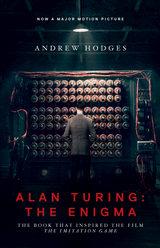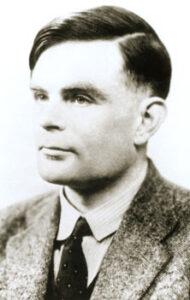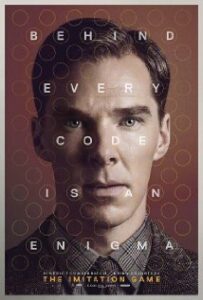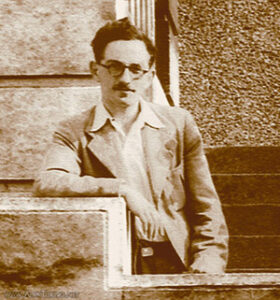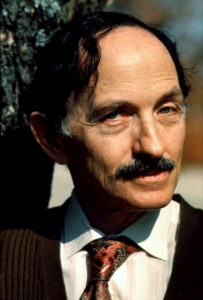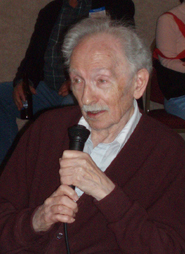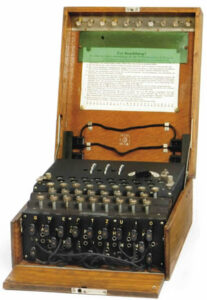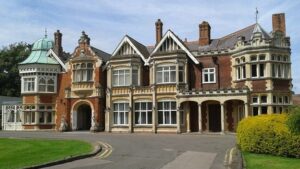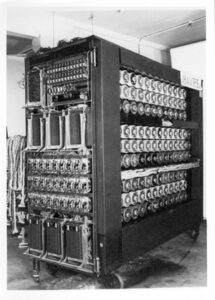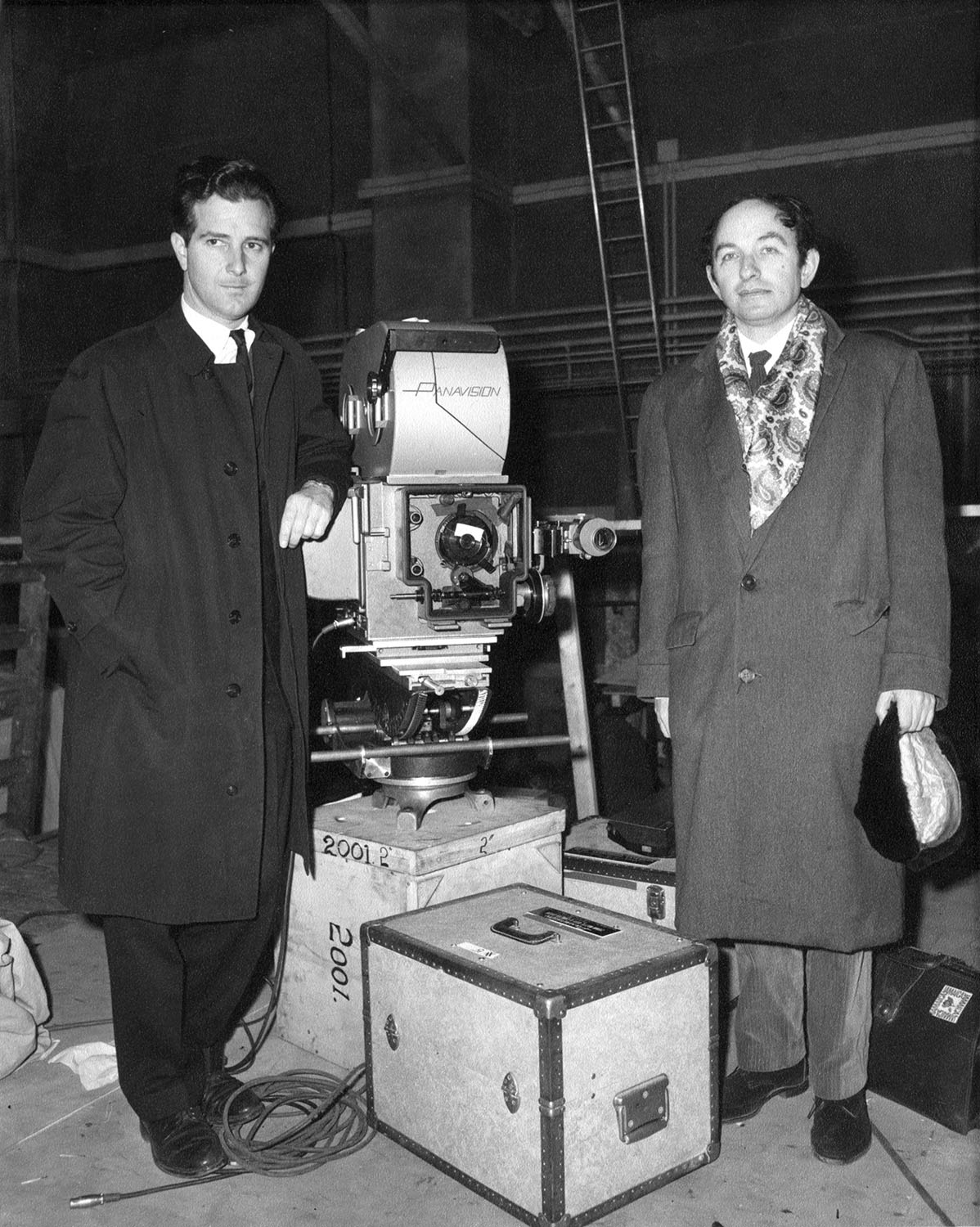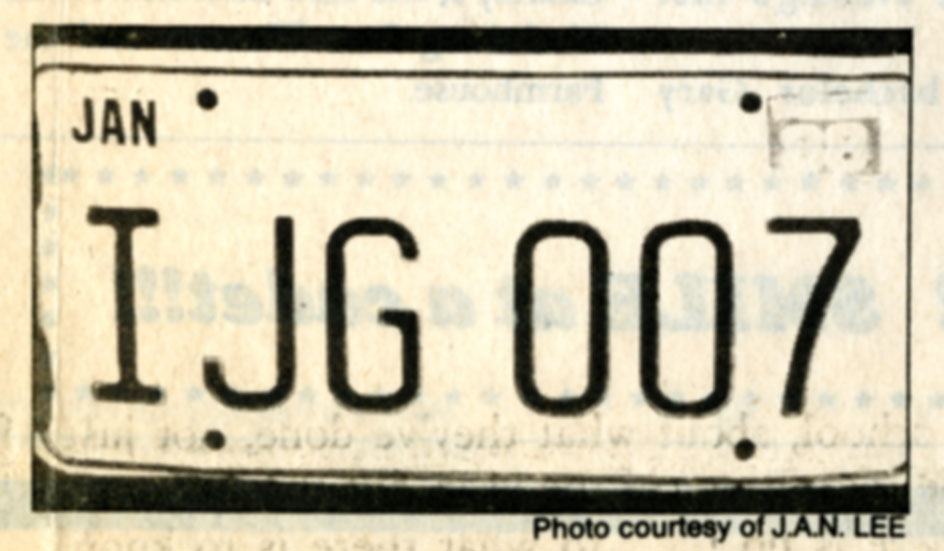About a month ago, I had a chance to look through the Byron Nelson Cooper Papers (Ms1973-004) for the first time. I don’t routinely transfer collections of faculty papers from storage just for my own entertainment, but I’ve been exploring collections weekly as part of a live Twitch broadcast, Archival Adventures, for nearly two years (the full playlist of past episodes is on YouTube and the live show airs Wednesdays on twitch.tv/VTULStudios).
I try to include materials from all of our collecting areas on the show and I thought a geology professor’s papers might contain some interesting things. While the collection did have some interesting geology-focused items (including an envelope of actual rock samples), the standout for me was Cooper’s writing. His speeches, lectures, and creative writing feature a strong narrative voice filled with personality and humor.
Note: There’s also a lot of misogyny and possibly some racism (I honestly haven’t had time to fully read Whisky for the Cat, included later in this post, but some skimming of it made me think there may be some Hispanic stereotyping happening.) Since these are historic documents, it’s not surprising to find these types of sentiments reflected as they were quite common at the time. Knowing about these problems in advance, one can look to see what else the documents have to offer beyond the problematic biases while still recognizing that the problems exist.
First, a bit about Byron Nelson Cooper. He was born in Plainfield, Indiana on August 19, 1912. We don’t have any information about his life before college but we do know that he attended a geology field camp run by Oberlin College before graduating from DePauw University in 1934. According to the Geological Society of America’s memorial of Cooper, this was his first introduction to Virginia geology. He then went on to earn master’s and doctoral degrees from the University of Iowa with both of his theses focusing on the geology of southwestern Virginia. While researching the region, he established familial ties to the area through marriage to Elizabeth Doyne of Pulaski County. After his Ph.D., Cooper was an assistant professor of geology at Wichita University for five years (1937-1942). He then served as associate geologist of the Virginia Geological Survey for four years before joining Virginia Polytechnic Institute as the head of the Department of Geological Sciences in 1946. As head, Cooper led a two-person department to become nationally recognized. He also consulted for business, industry, and local governments throughout Virginia on geological matters, particularly issues relating to water supply. He died on March 26, 1971, suffering a heart attack in his office on campus at Virginia Polytechnic Institute and State University.
Untitled Speech, 1964
Reading the text of his lectures, speeches, and other writings, it’s not hard to see how his leadership inspired excellence from the Department of Geology. Cooper is an excellent writer, crafting persuasive phrases that retain the audience’s interest. In Box 6 of his papers, there is an untitled speech from mid-December of 1964. The speech is clearly meant to inspire students in the program to work toward their maximum potential. (The last page seems to be an excerpt from another speech regarding campus unrest and student solidarity which is also quite interesting.)
I don’t know what Cooper’s voice sounded like, but I can almost hear him speaking with conviction the lines he has written.
If you live for tomorrow with the objective of
making today’s dreams come true tomorrow, you
begin to pace yourself and to deny yourself small
rewards in favor of engineering bigger things. In
a matter of months one can gain a pretty accurate
assessment of his personal power and of his capacity for
work, and time enables one to not only
play the game but to keep his own side.…
Every quarter or semester in a university is
a test of planning ahead. You learn to work,
you learn to meet deadlines, you learn to avoid the pitfalls
of goofing off. You learn how to pilot yourself to avoid
most of the bumps. Each setback only stiffens the determination
to win in the end. The daily lesson is the mind’s food, unless
you feed the mind it doesn’t grow.…
Some silly students believe you learn in college
what you have to know + then you go out + use your
knowledge. This just is not so. You leave here with a
bullied and bruised head + many facts though they
be filed in your mind will never be recalled. You
do leave even if its by flunking out –
with an enlarged view – of the world + of yourself.…
The great men of history have possessed a sense
of their histories being even as they lived. If
you tie your wagon to a star + work to reach the
goal you have set – you have given your life meaning
but perspective and some historicity – and in the
process if you do so I assure you that you will have
one helluva good time in the best sense of that
phrase.
Really, this entire speech is quite inspiring (if one can get past the students being constantly referred to as men). If offers some great perspective on what is important in the educational experience and acknowledges the fact that not all learning on campus comes from the details learned in the classroom. You can find a full transcription of the speech on Virginia Tech Special Collections and University Archives Online.
How to Catch a Genius, undated, likely 1957
While exploring the finding aid, two other pieces of writing caught my attention thanks to their titles. The first is How to Catch a Genius, a play in two acts with a prologue and an epilogue. It’s a comedy about a professor (Dr. Claude Sidney Magnabrayne) coming to Virginia Tech for an on-site interview and the unacknowledged and vitally important role that the women of the university community have in persuading potential professors to accept offers of employment despite the clueless behavior of their husbands (Dr. George A. Blurt being an example). Again, this piece is misogynistic in its portrayal of women. It’s also full of stereotypes including ones about politics, brainy-but-clueless academics, stressed-out over-drinkers, and many more. While the play is undated, its portrayal of women and the stereotypes seem to fit the 1950s or 1960s. The play itself gives us a clue about the date being portrayed (if not the date it was created). At the beginning of Act I, there is a bit about a phone number:
As Scene
1 opens, we find Sid leafing the pages in the local phone book for the
Covington, Kentucky Area Code. So he dials 606—-then 5-5-5--
then 1-2-1-2. (For those unfamiliar with Long Distance dialing, what
Sid is trying to do is find out his own phone number which was changed
recently—as a matter of fact about 26 months ago.)
The important part in dating the item is the parenthetical addresed to “those unfamiliar with Long Distance dialing” and the notation that Magnabrayne’s phone number changed 26 months earlier. From the context of the play, it’s clear that we’re mid-20th century. According to the North American Numbering Plan Administrator (NANPA), the numbering plan we’re familiar with today (1-digit country code, 3-digit Numbering Plan Area code, 7-digit local number) was developed by AT&T in 1947 to allow consumers to dial long-distance calls without operator assistance. The plan began implementation in 1951. The NANPA database also tells us that area code 606 was put into service on January 1, 1955. This tells us that the play is set around March of 1957, 26 months after Magnabrayne’s phone number would have changed from something like “Covington-5000” to the 606 number given in the play. Given the 1957 setting of the play (which is probably also near in time to when the play was written), it’s not at all surprising to see the misogyny and stereotypes present in this piece.
The play itself is a short humorous play that would have been entertaining for faculty since it makes fun of a common experience. We don’t know why the play was written, whether for entertainment or some other purpose. Perhaps it was intended as a fun training tool to help orient faculty to the recruitment process for new faculty. I do find it interesting that the play is centered around recruiting a forensics professor. Forensics in this case is referring to public speaking rather than scientific analysis of physical evidence. Given Cooper’s skill with turning a phrase, this evidence of his interest in the field of forensics stood out to me. I think my favorite part of the play comes in the epilogue when Cooper basically suggests that recruiting Magnabrayne was ultimately all Myrtle Blurt’s doing:
Who can say that Mrs. Blurt may not have rendered the telling
act of consummate kindness in driving Sid Magnabrayne back to his
motel after the power went off. You know she just could have called
the Vice President and asked him to cut the power off and thereby
end those awful Beethoven symphonies. Sort of funny the way that
power came on just as she drove her guest up to the motel. He could
have stalked out of the house and headed back for Covington if that power
had not gone off during the playing of the redundant Sixth. Or perhaps
something she said about Blacksburg just convinced Sid Magnabrayne
that B-burg was the place for his Tillie and their six geniuses.
Remember, Sid Magnabrayne just could be President here some day,
and if my surmises are true, wouldn’t Myrtle Blurt have a reason to smile
knowing that she helped get old Sid Magnabrayne to sign.
The play, with a full transcription, is available on Virginia Tech Special Collections and University Archives Online.
Whiskey for the Cat, undated, likely 1960s
The last item I wanted to share today caught my eye because of the title. On the finding aid, it just said Box 6, Folder 28: “Whiskey for the Cat” n.d. (no date). How could I ever resist taking a look to see what this item was? What I found is 85 handwritten pages of what appears to be the first chapter of a novel. While the document is undated, I suspect it is set in (and likely written during) the 1960s based on a sentence on page 84: “In the brief span of the seventh decade of the twentieth century man suddenly begins to understand himself and the world in which he lives.”
As with the play, this story is set on a university campus. This time, it’s set at a fictional university in the midwest. While the book chapter is clearly in a crime or detective fiction genre, I notice what seem to me to be small bits of Cooper’s signature humor that poke through here and there. For example, the fictional university is named Enneagh University (pronounced Any University). Again, this work of fiction seems like it would most appeal to someone who had lived and worked at a university, but it’s also well written. Cooper crafts scenes well, providing just the right amount of detail for the reader to be able to imagine the scene without becoming bogged down in details. It does have some outdated language usage such as referring to the faculty and staff of a university as the “indigenous population” of a university town. Today, the term Indigenous peoples is understood to refer to the earliest known inhabitants of a geographic area and would correctly be applied to one of the many Mississippian peoples who inhabited the region referenced in the text.
Most American universities go into some
level of hibernation during the summer and anyone
who has lived through a summer in the Middle Mississippi Valley
can readily understand why summer is the idling
period of the university year. It is too hot
and sultry in the midwest during the summer for
heavy thinking. The indigenous population in a
university community – the professors and
ancillary personnelwho keep the faculty in line
have had it after nine months of intensive
association with students and they need time to
regain a modicum of patience and compassion to
fortify them for the next year. The ancillary
personnel need uninterrupted time during the hot months
to clean up the accumulation of junk, paper, the
cigarette butts with their indestructible cork tips, and the
decorative graffiti deposited on desk tops, toilet stalls,
dormitory rooms, and classroom walls has to
be cleaned off or painted over. The university admini-
stration needs the summer to process its final admis-
sions of new students conduct the on-campus visitations of bewildered
parents who want to examine the environment into which
their John’s and Mary’s will move as unprepared children
(or so the parents think).
Given the length of this item, I haven’t yet had time to read it in its entirety; however, skimming through, it seems that in this first chapter (I have not noticed any point where a Chapter II begins) a university professor and his student endeavor to solve a mystery involving marijuana, organized crime, and murder on a typical American midwestern college campus. There are again stereotypes present in the work, with the professor and student being likened to Sherlock Holmes and Doctor Watson. There’s also possibly some racism present in the stereotypes with two criminal characters being Jose Rivera and Steuben Kessel (Kessel being noted in the text as “an alien whose work permit had run out”). But, I get the impression that this story is less blatantly misogynistic than the other works since I didn’t notice it in the portions I have read. A full transcription of this 85 page document is not yet available, but it will be on Special Collections and University Archives Online.
Looking over these three items, I notice a consistent authorial voice while also noting that Cooper can work in different genres and fit into them well. He seems equally comfortable writing a rousing inspirational speech, a situation comedy script, and a detective novel. They each fit their genre well, while still incorporating elements that can be seen in the others. These are just three folders from six boxes of material and I haven’t had time to search thoroughly to find what other stories might be in the collection, but I do hope I can find the time someday because I was very entertained by the inspiration, comedy, and drama I found in the papers of the former head of the Department of Geology.
If you’d like to look through the Byron Nelson Cooper Papers in person, you are welcome to visit us on the first floor of Newman Library. Please note, this collection is housed in off-site storage and you should contact us in advance to request materials be brought to the library for your use.
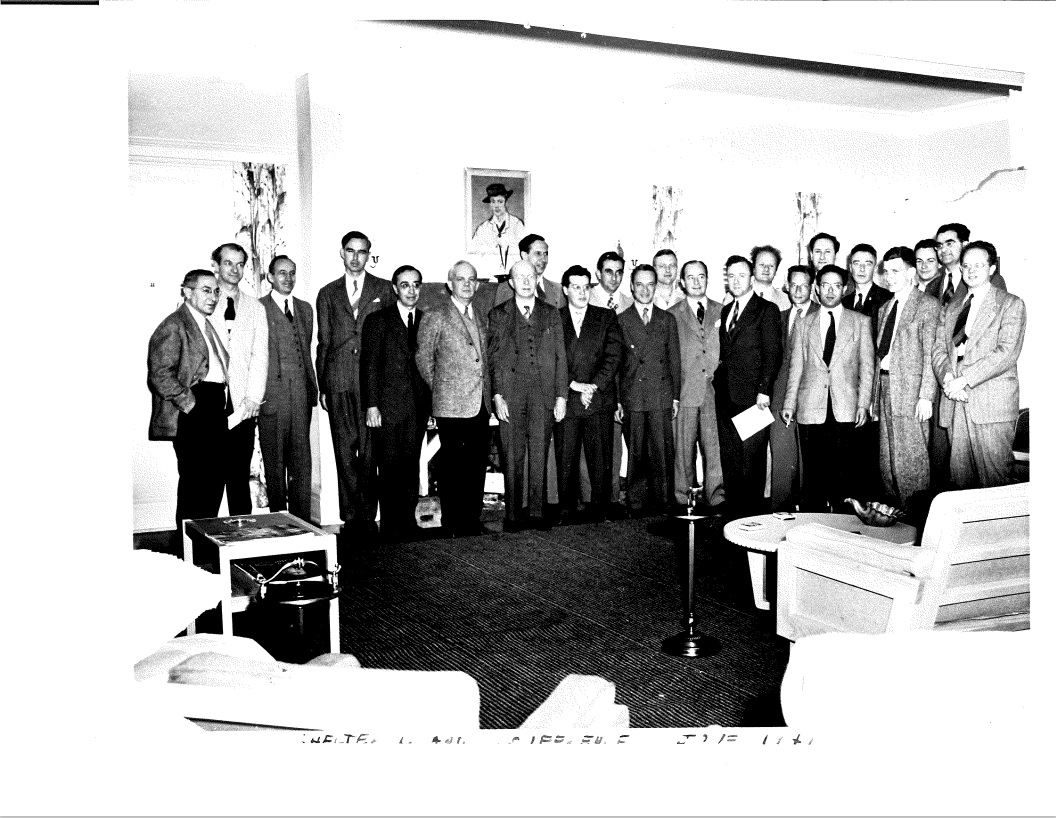
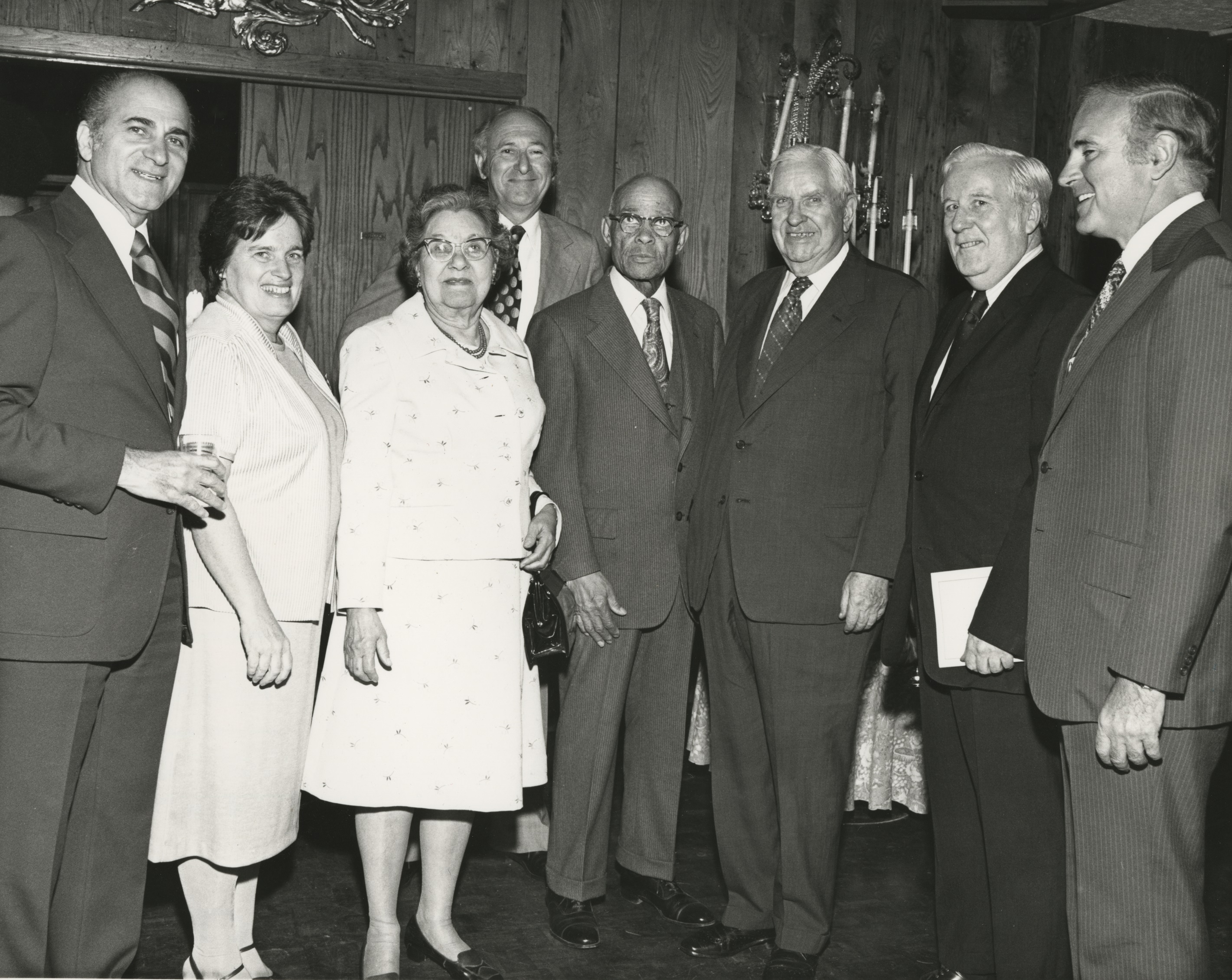
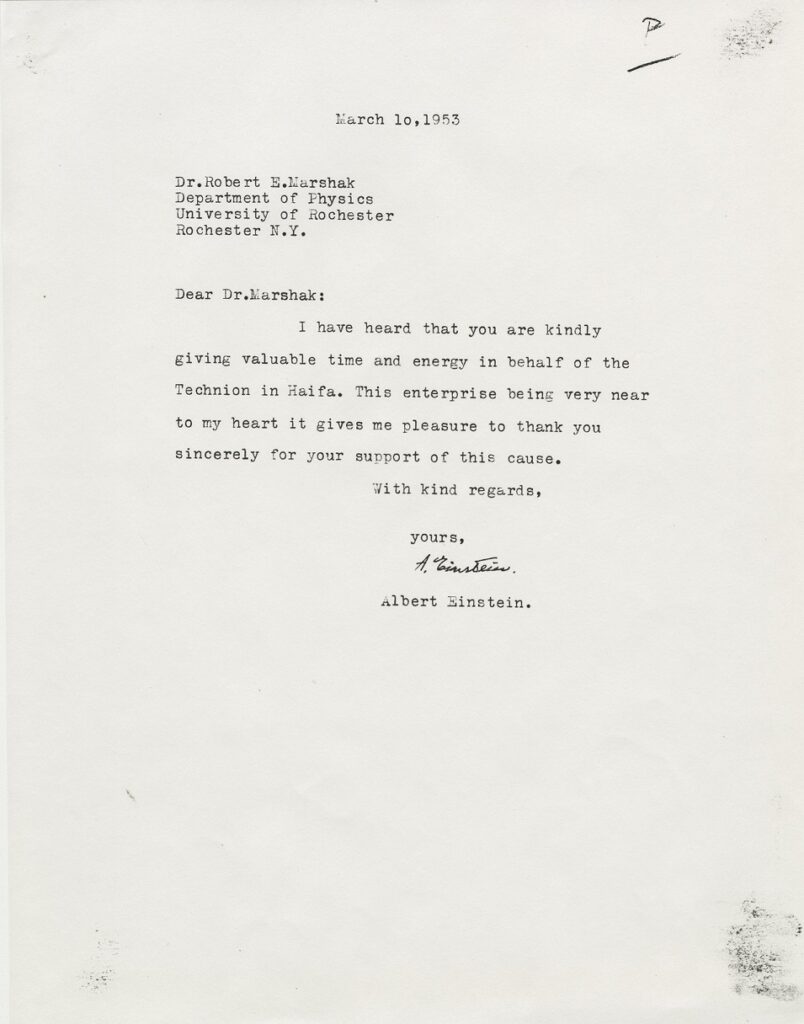
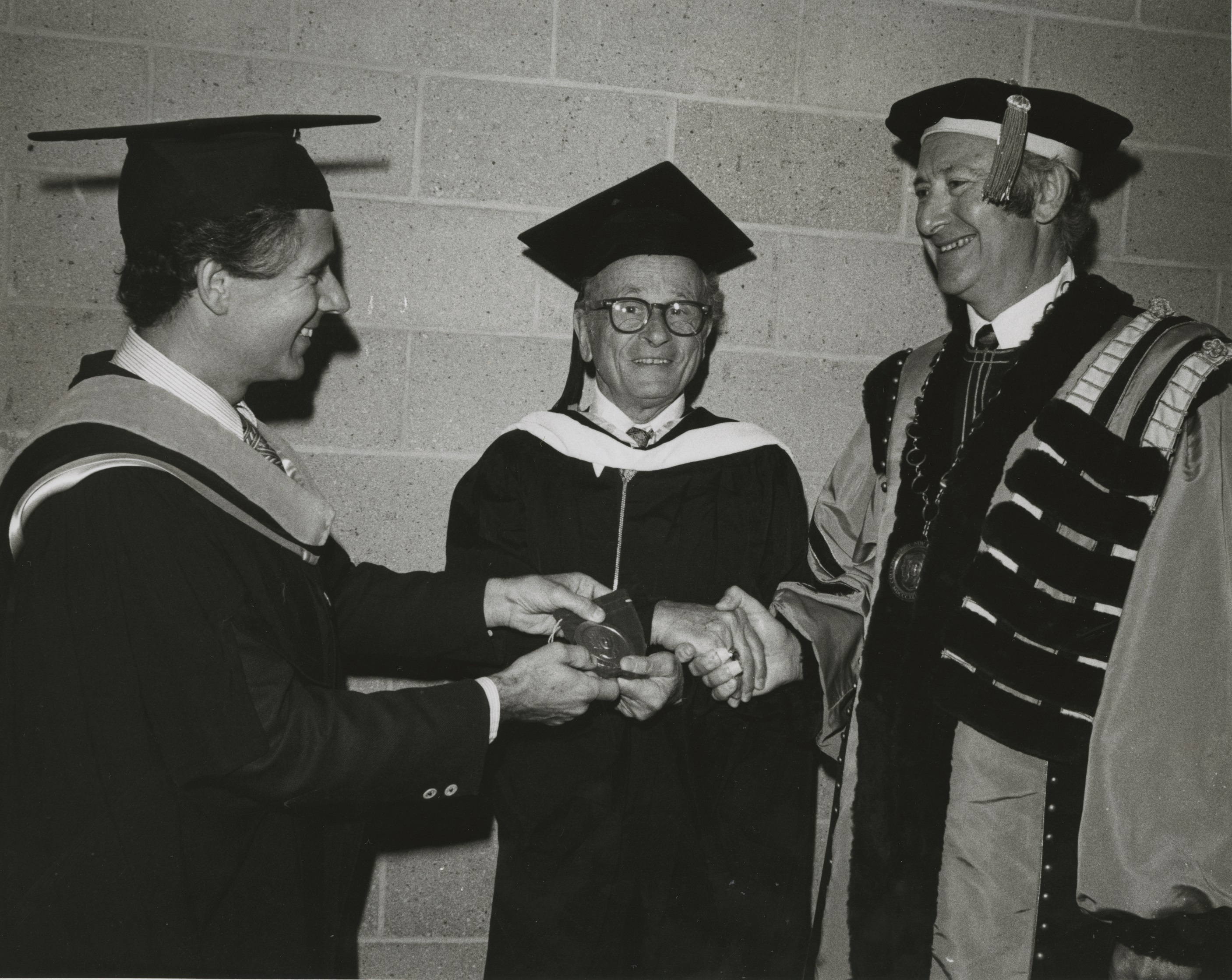
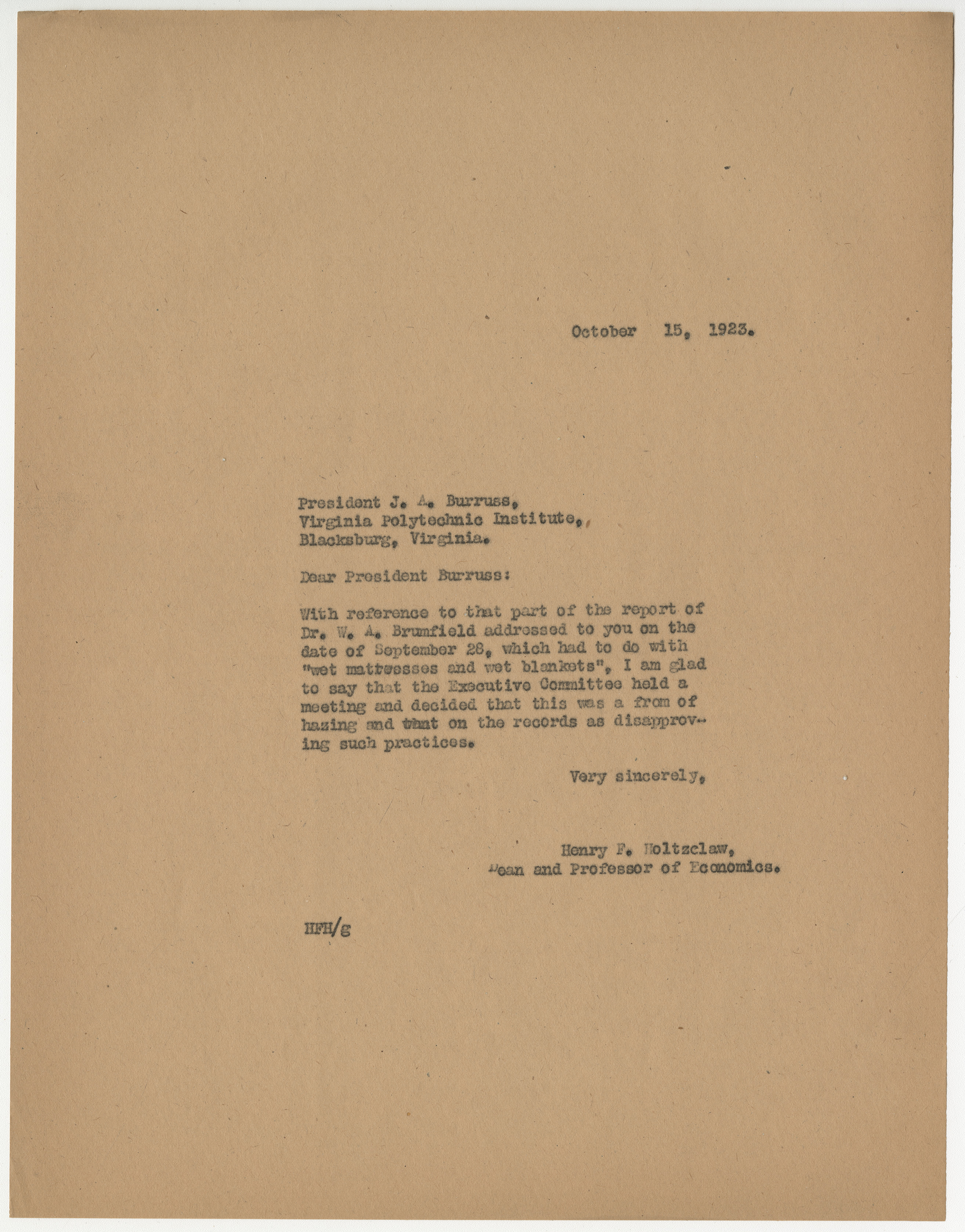

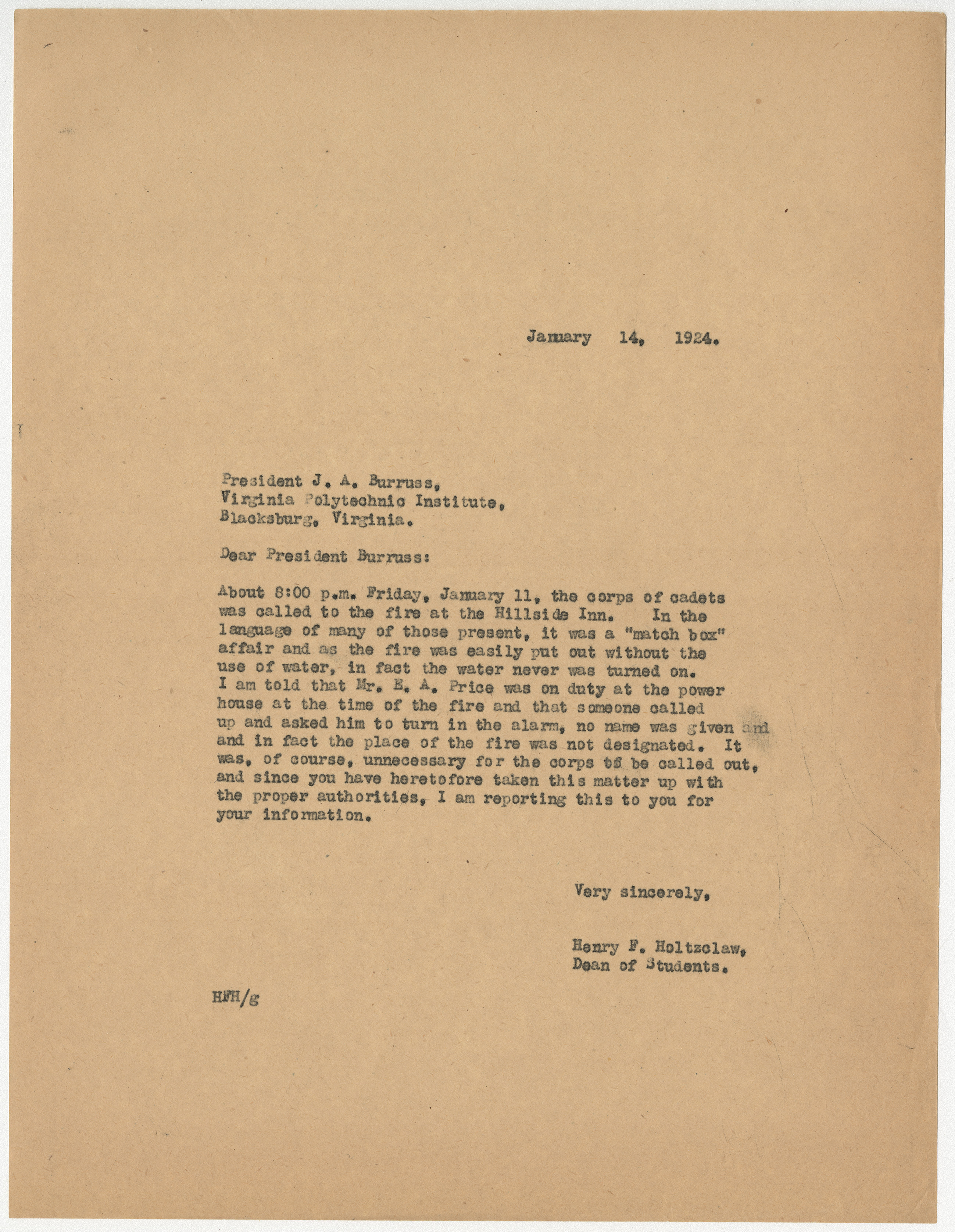
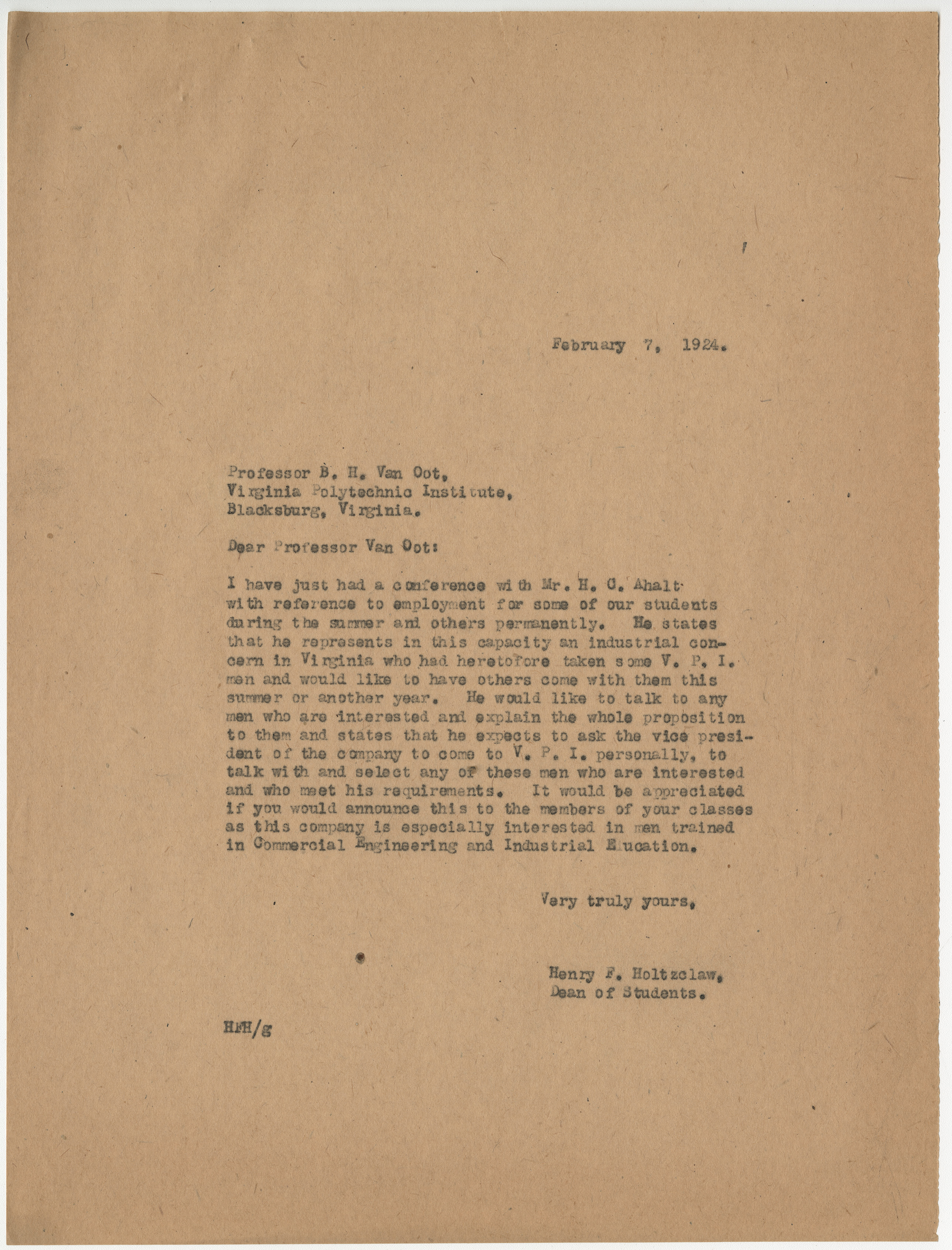
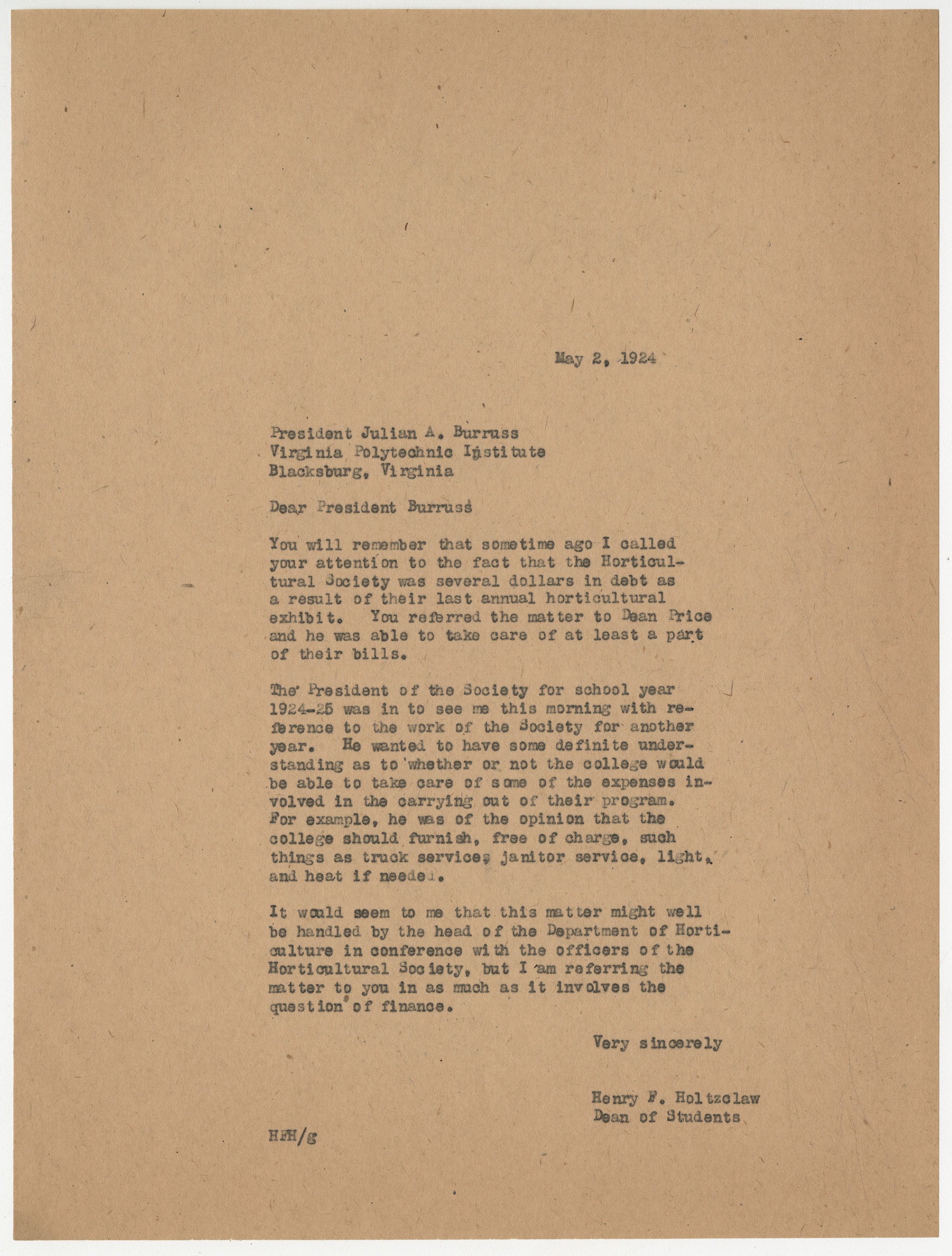
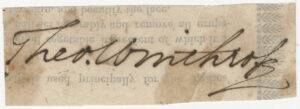
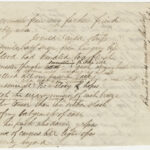
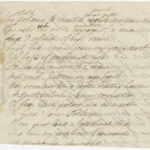

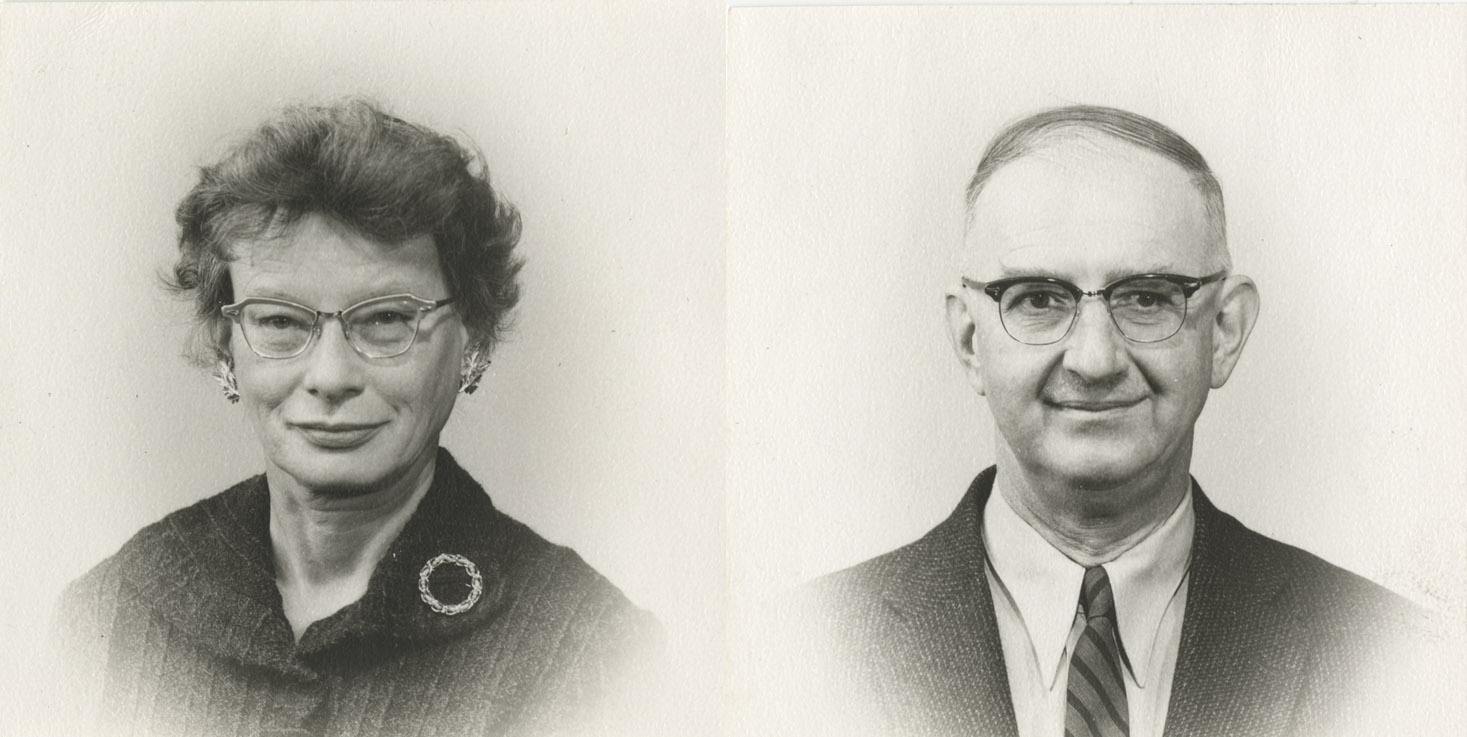 The Professors Elarth
The Professors Elarth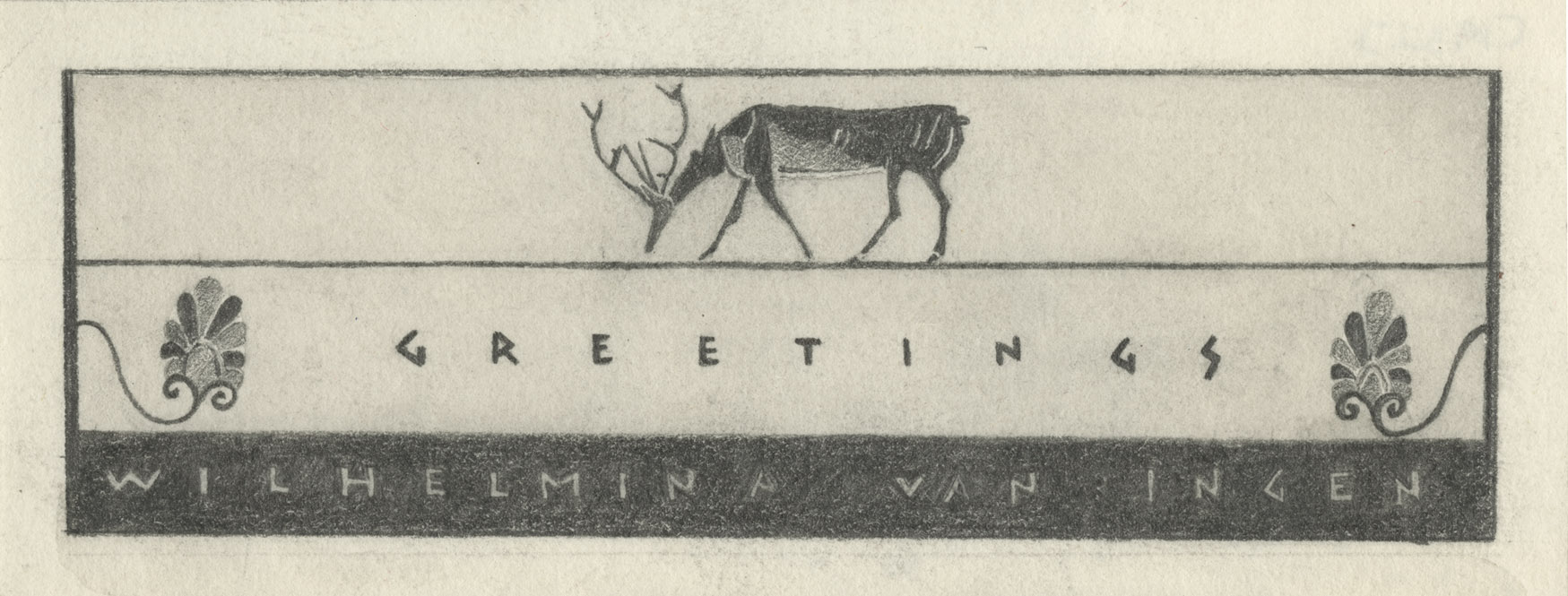
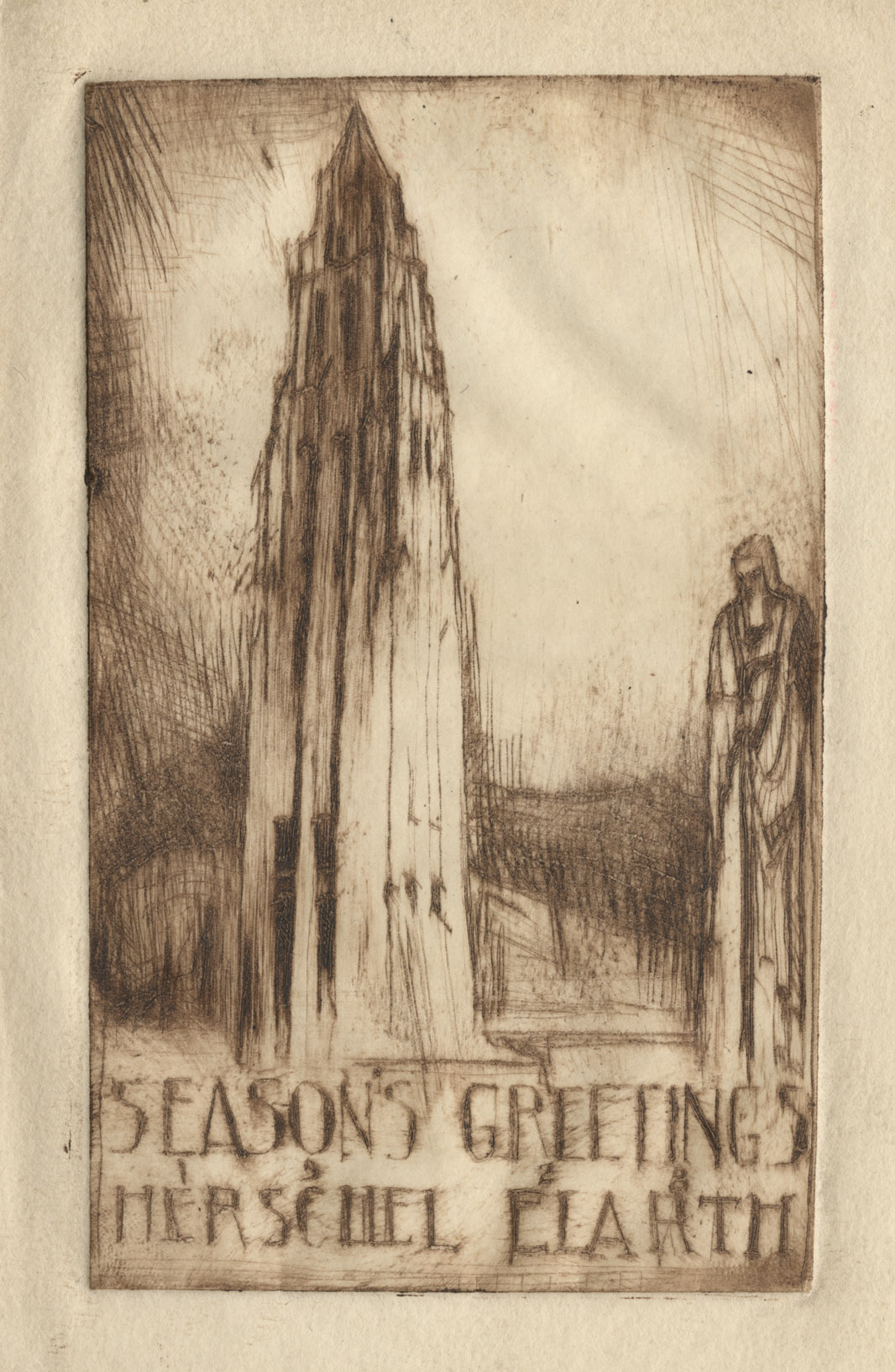
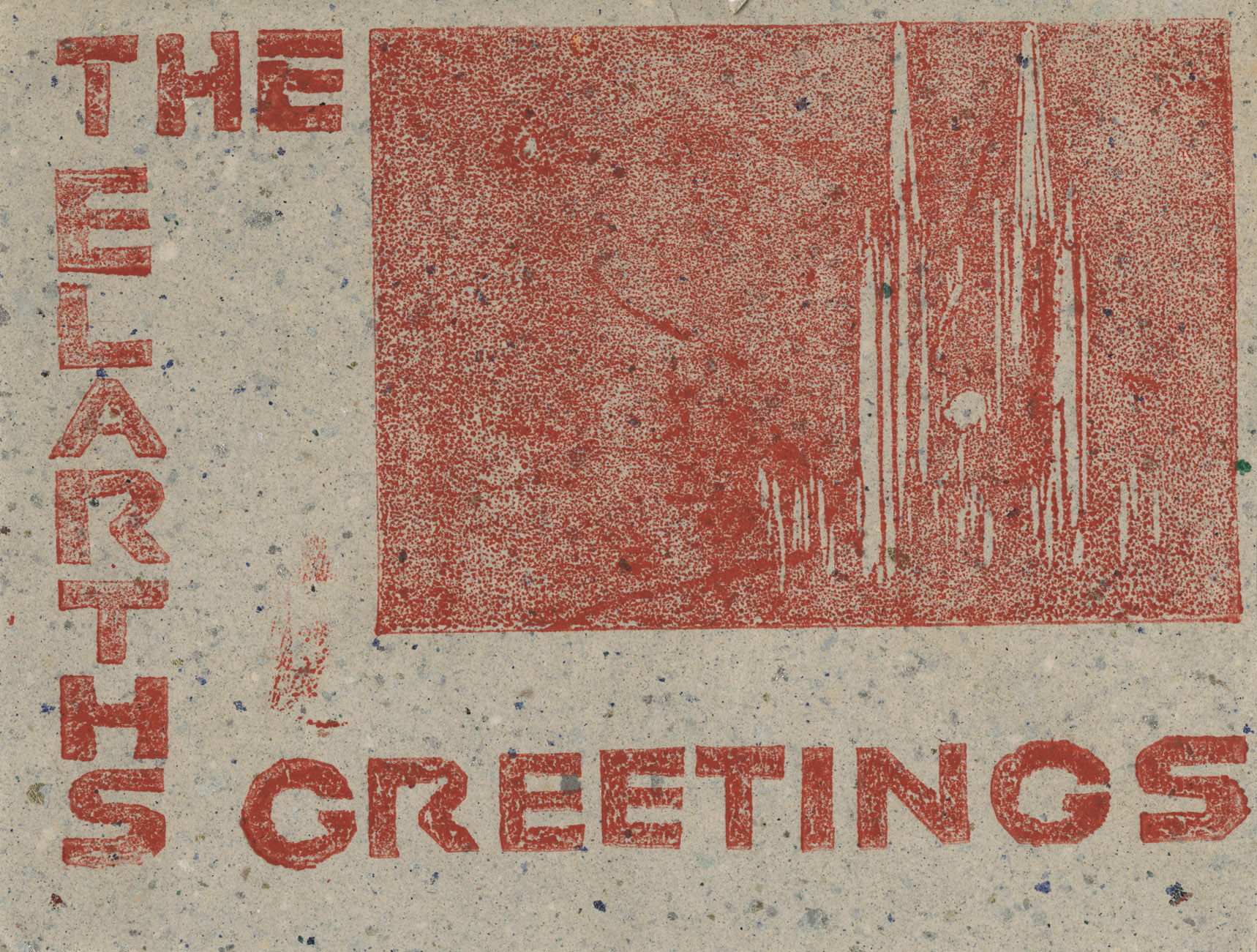
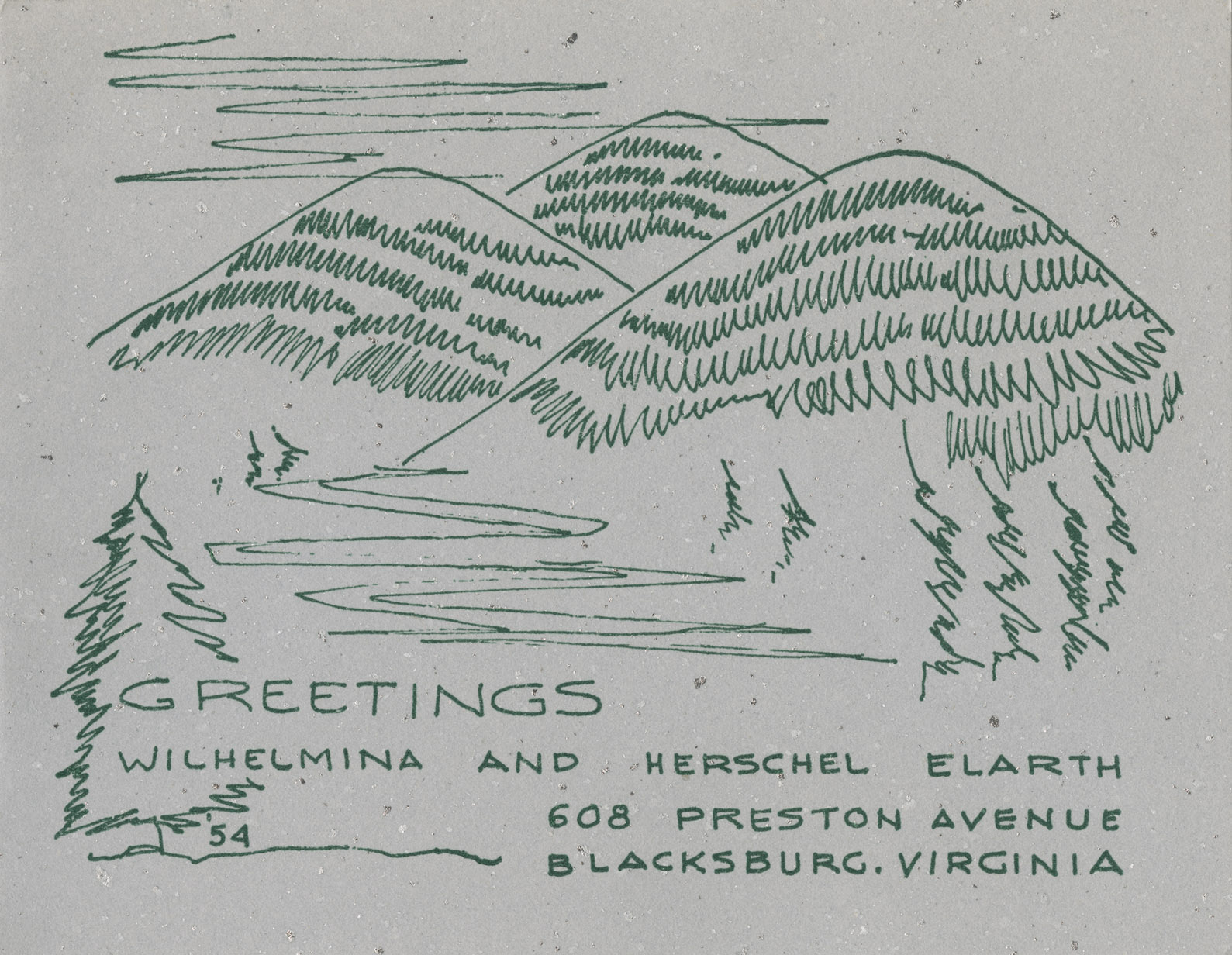
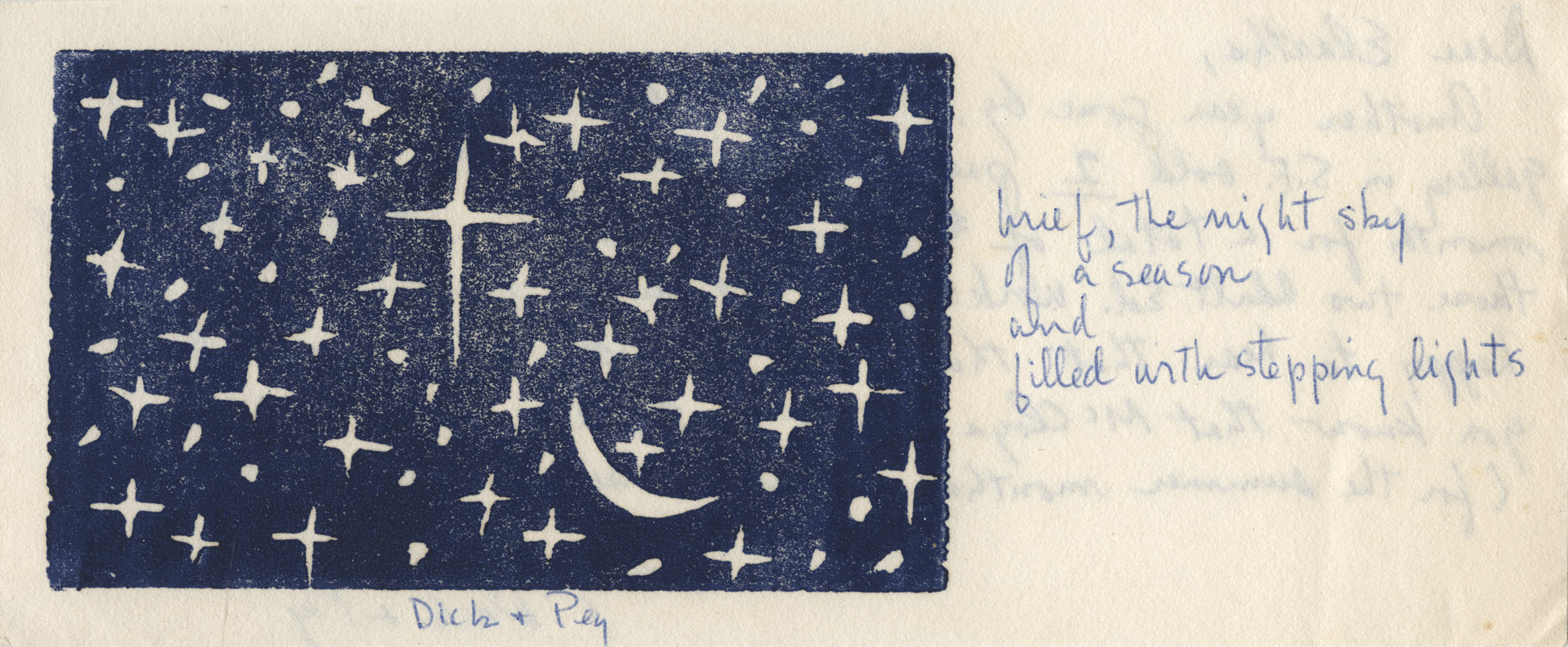
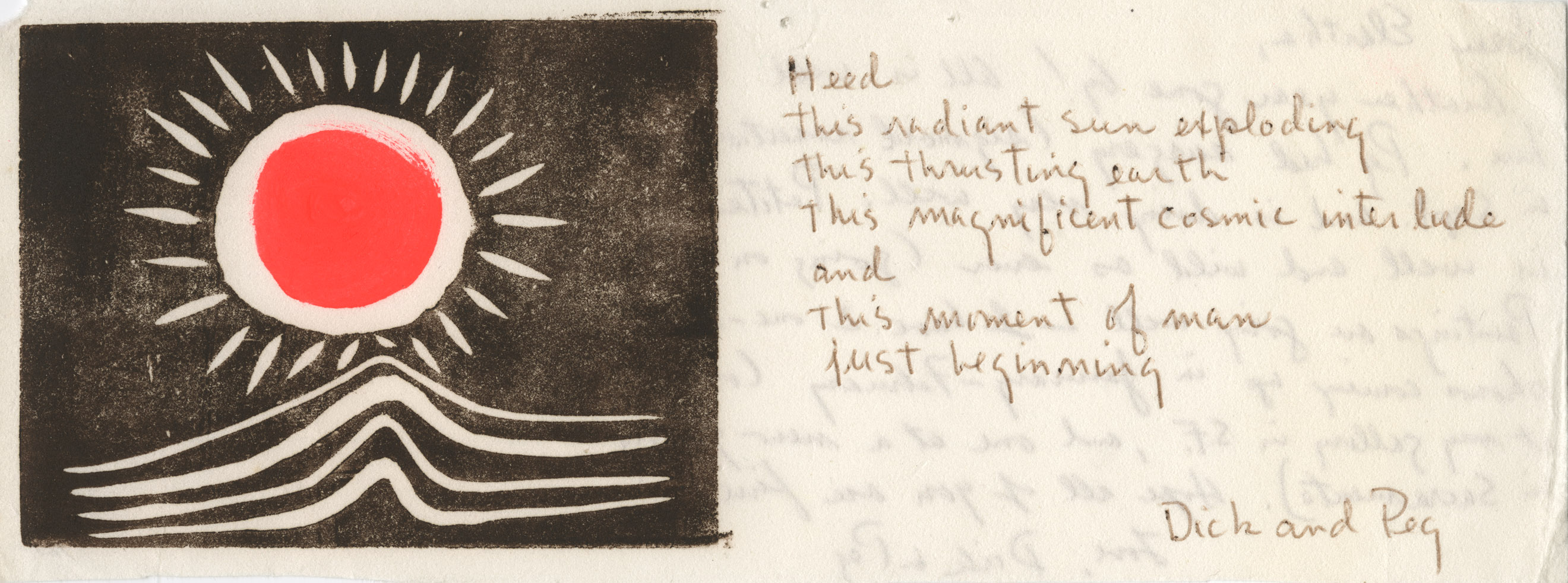
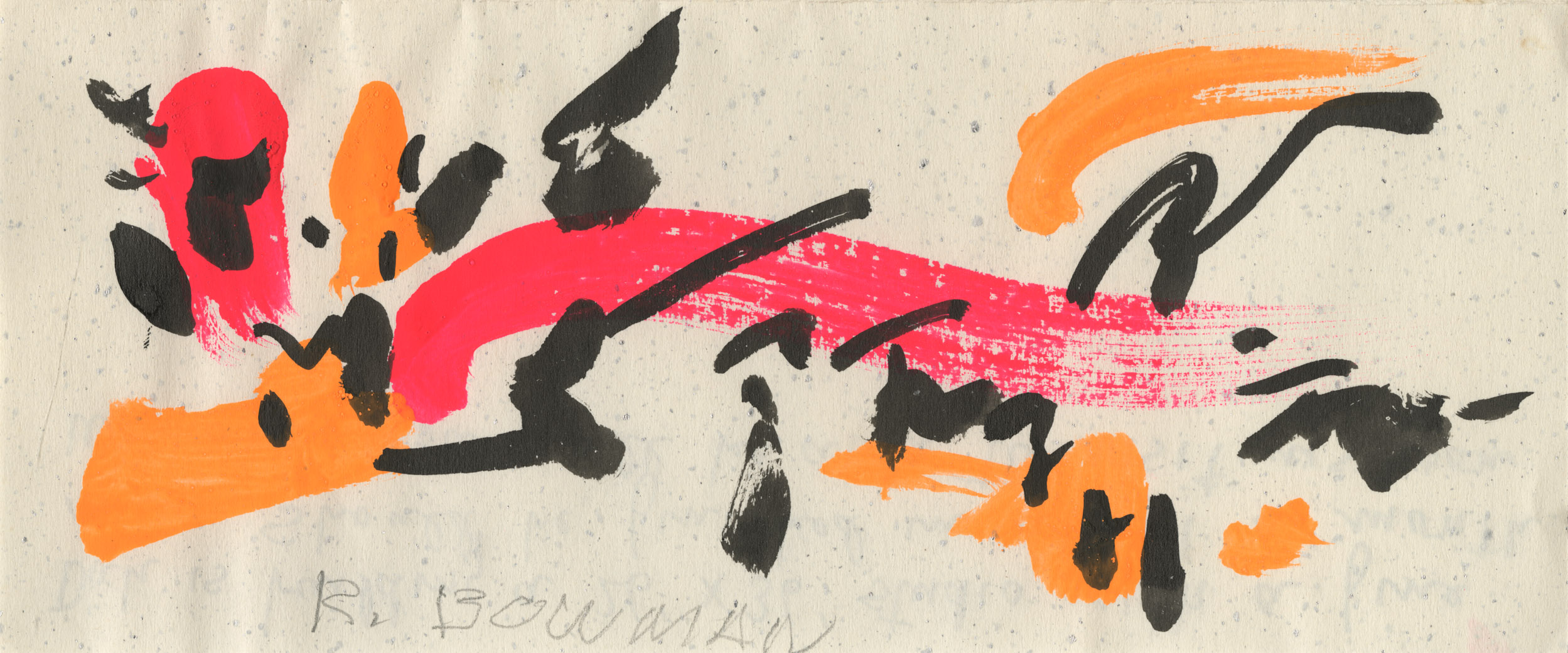
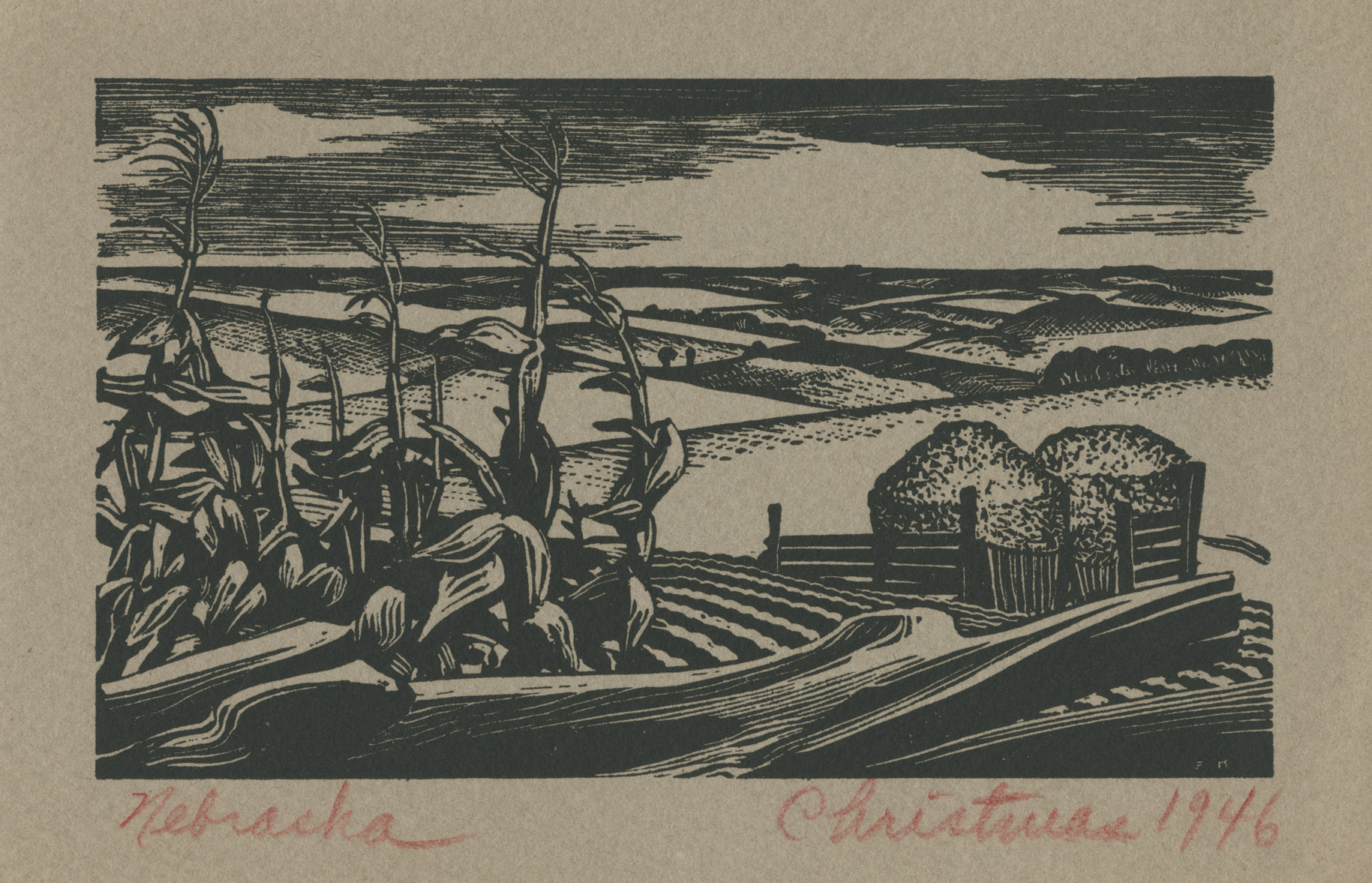
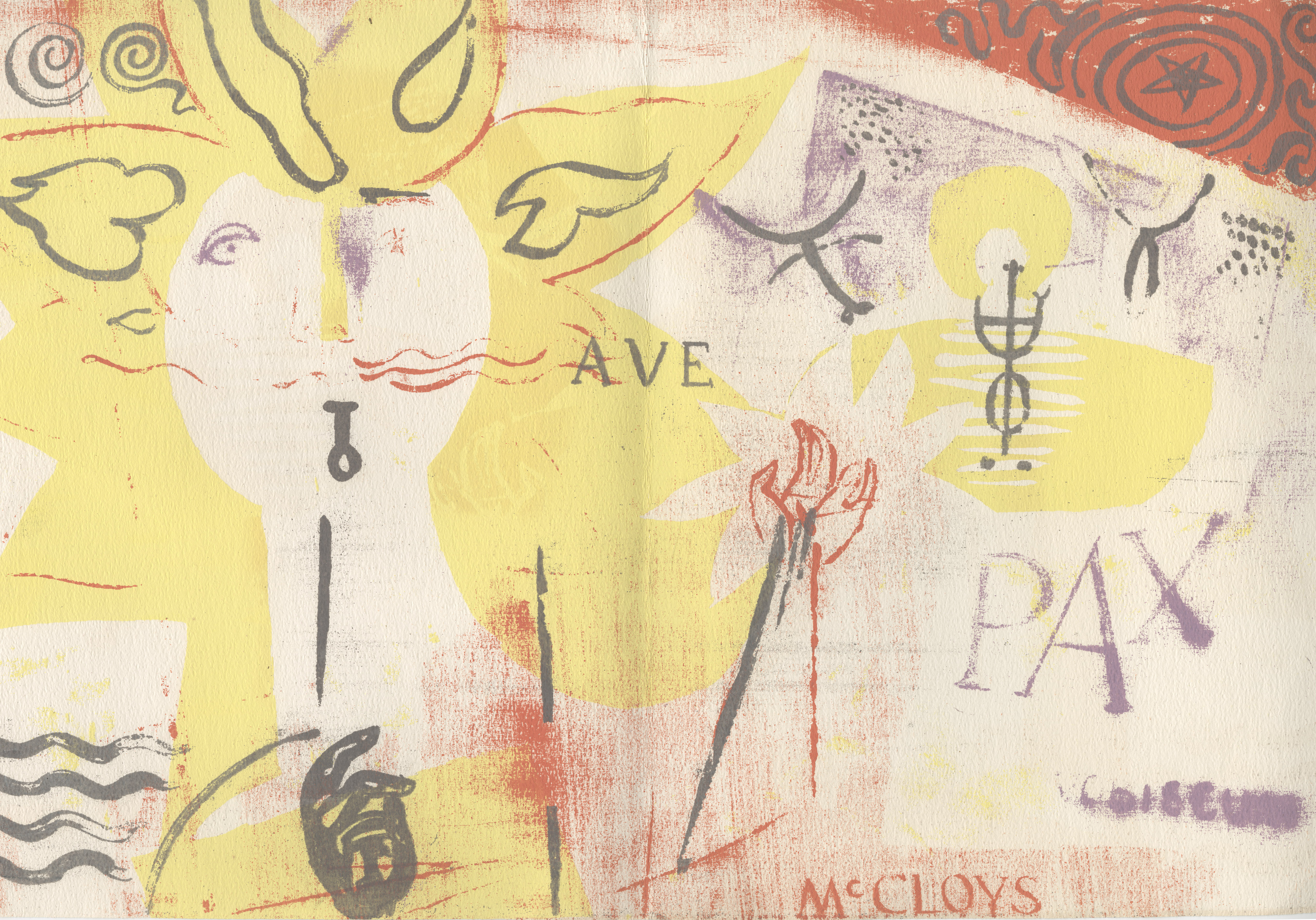
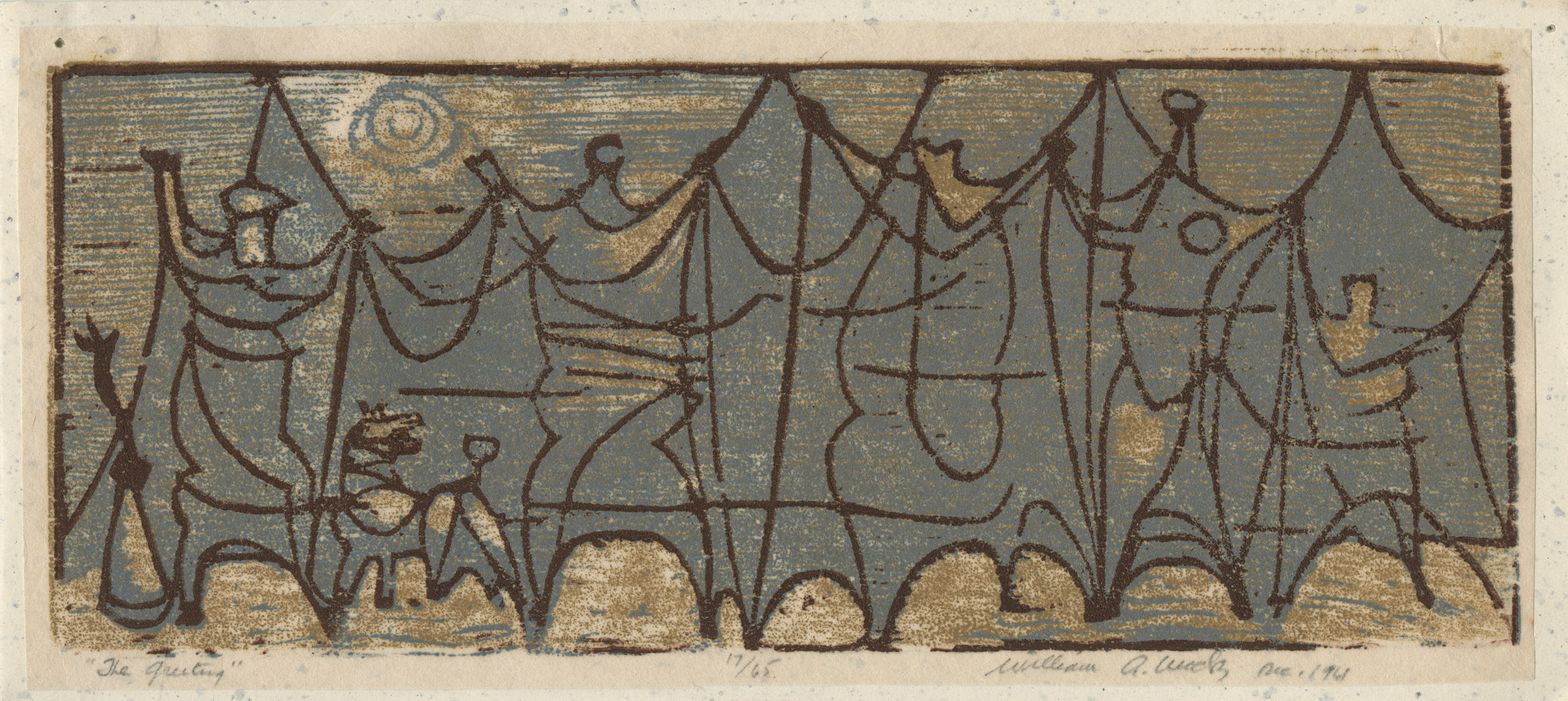
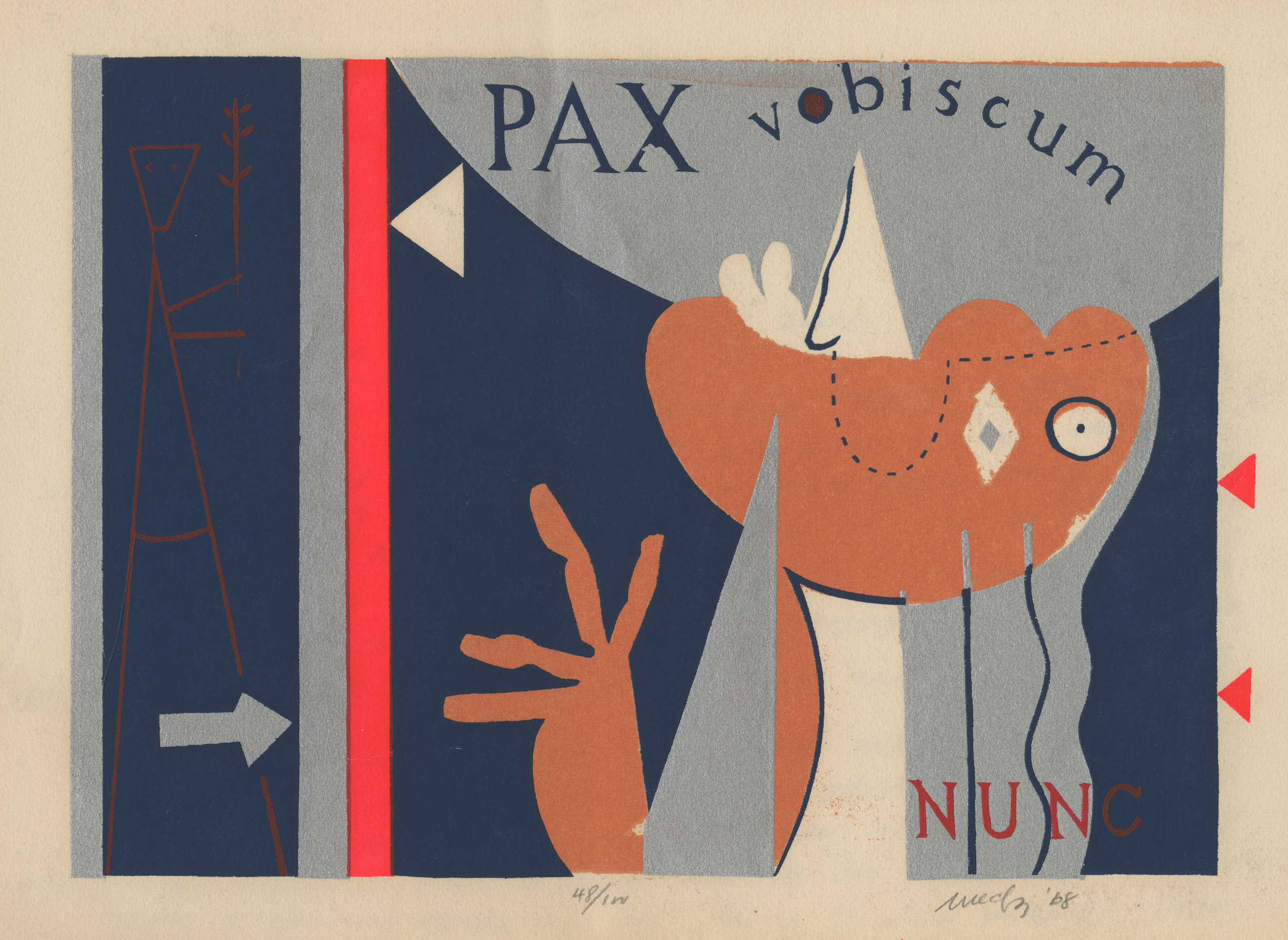
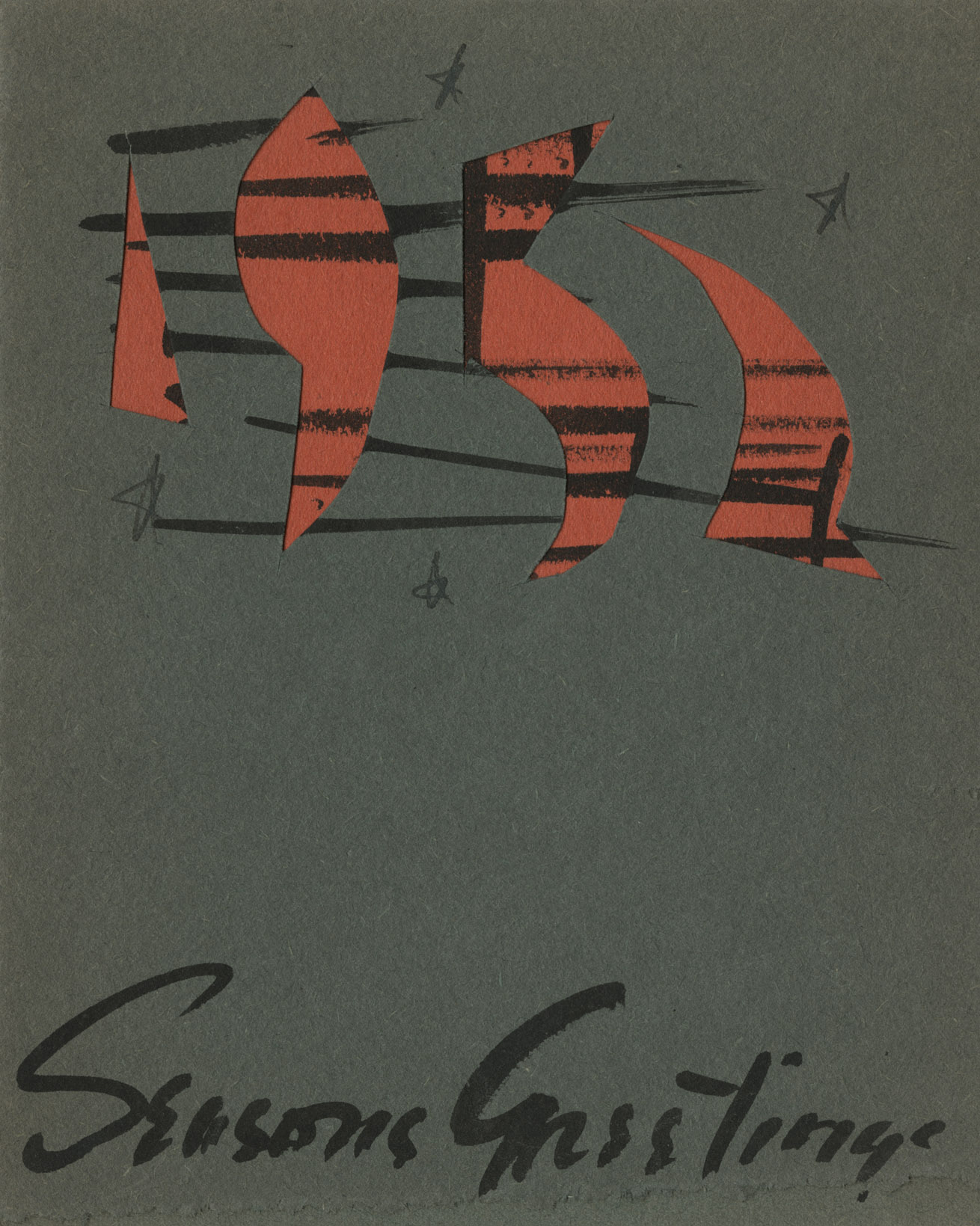
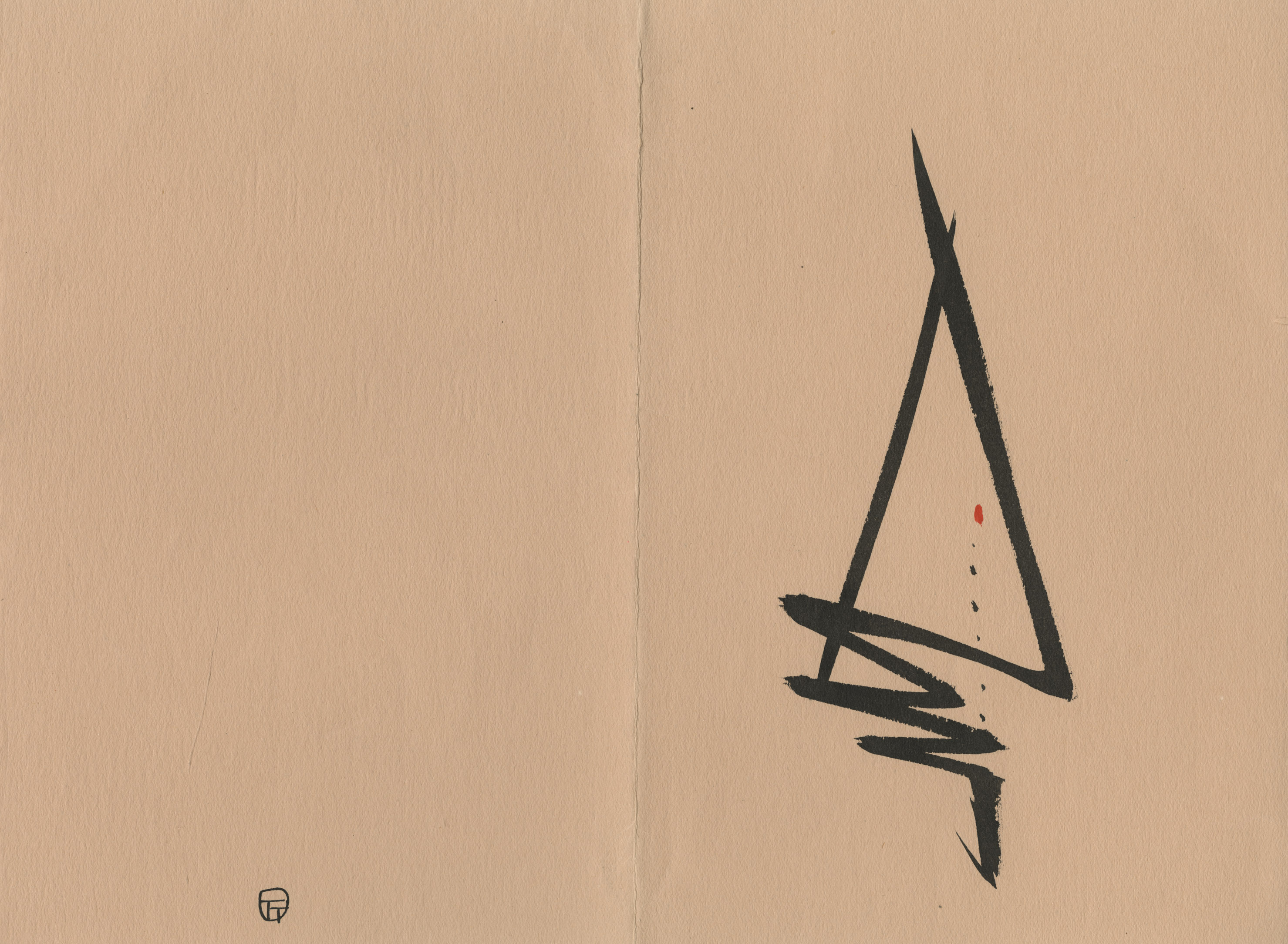
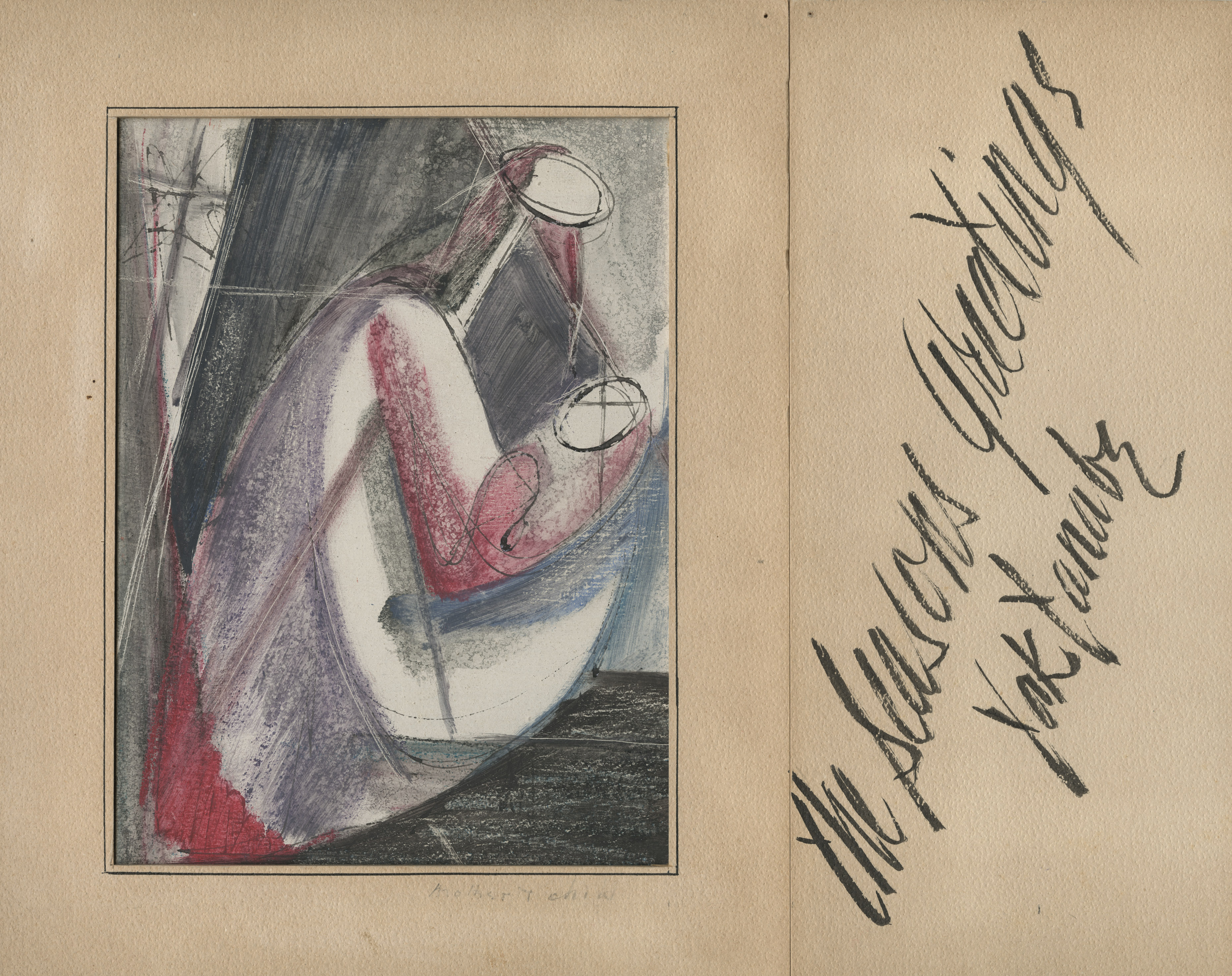
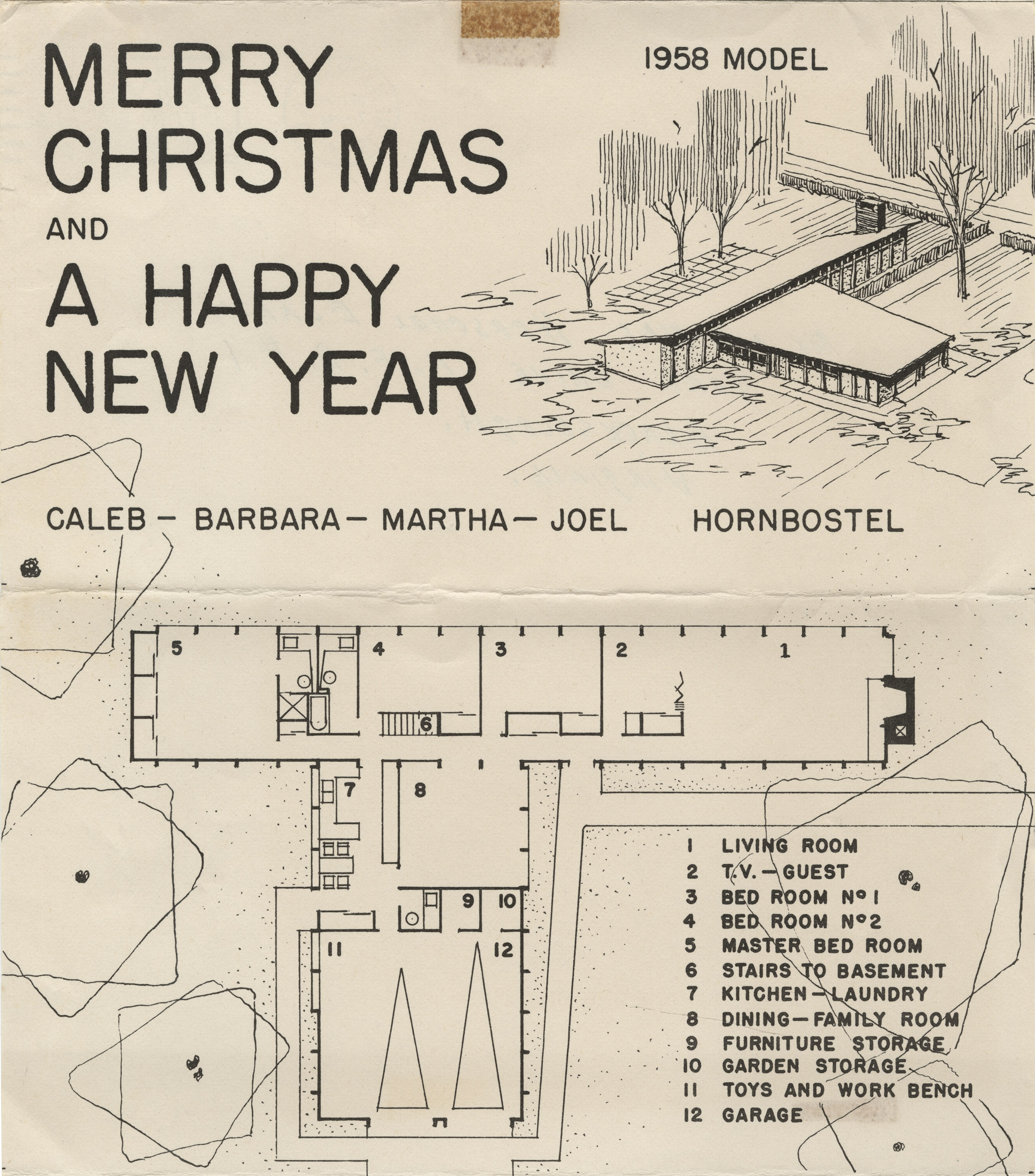
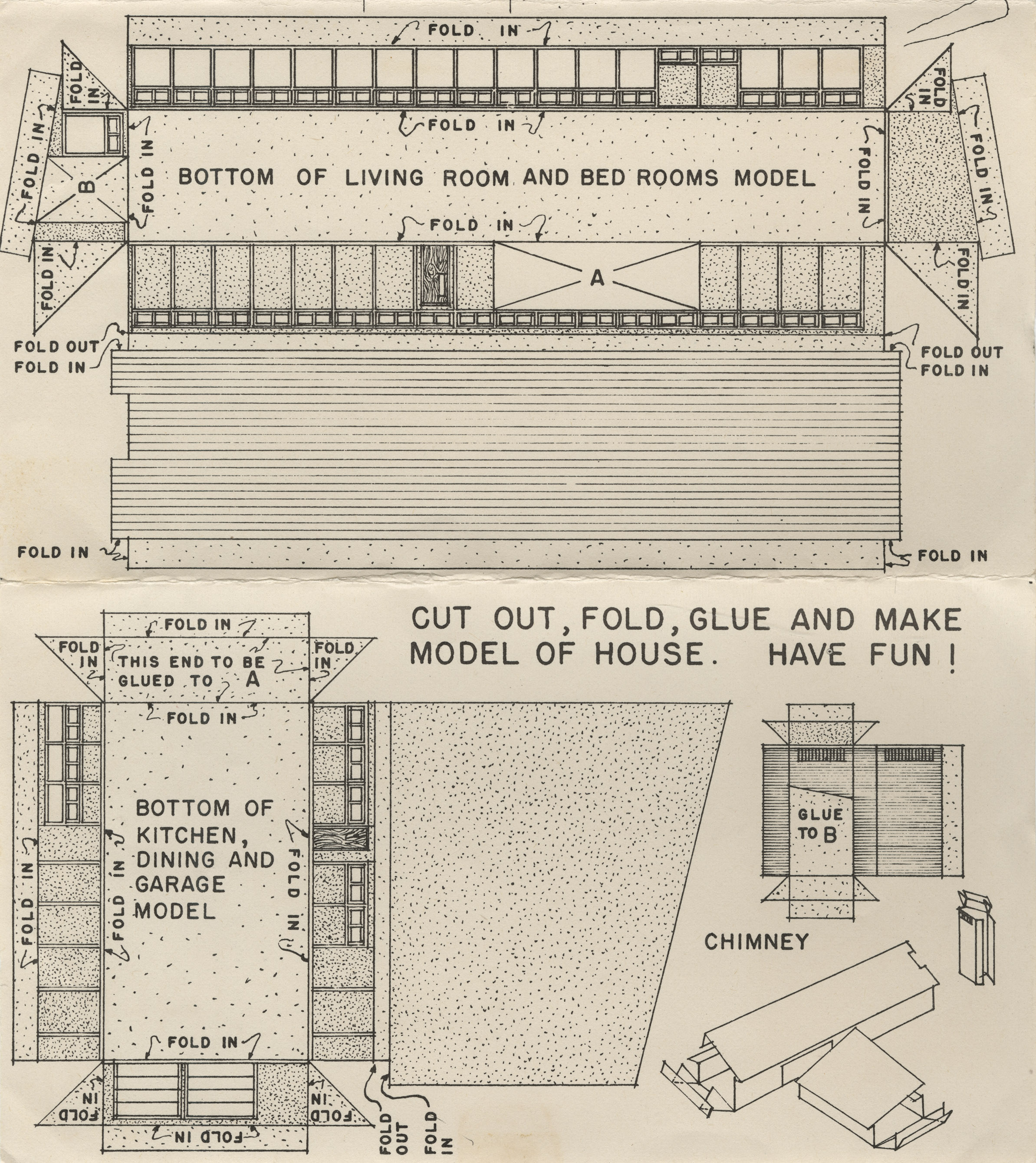

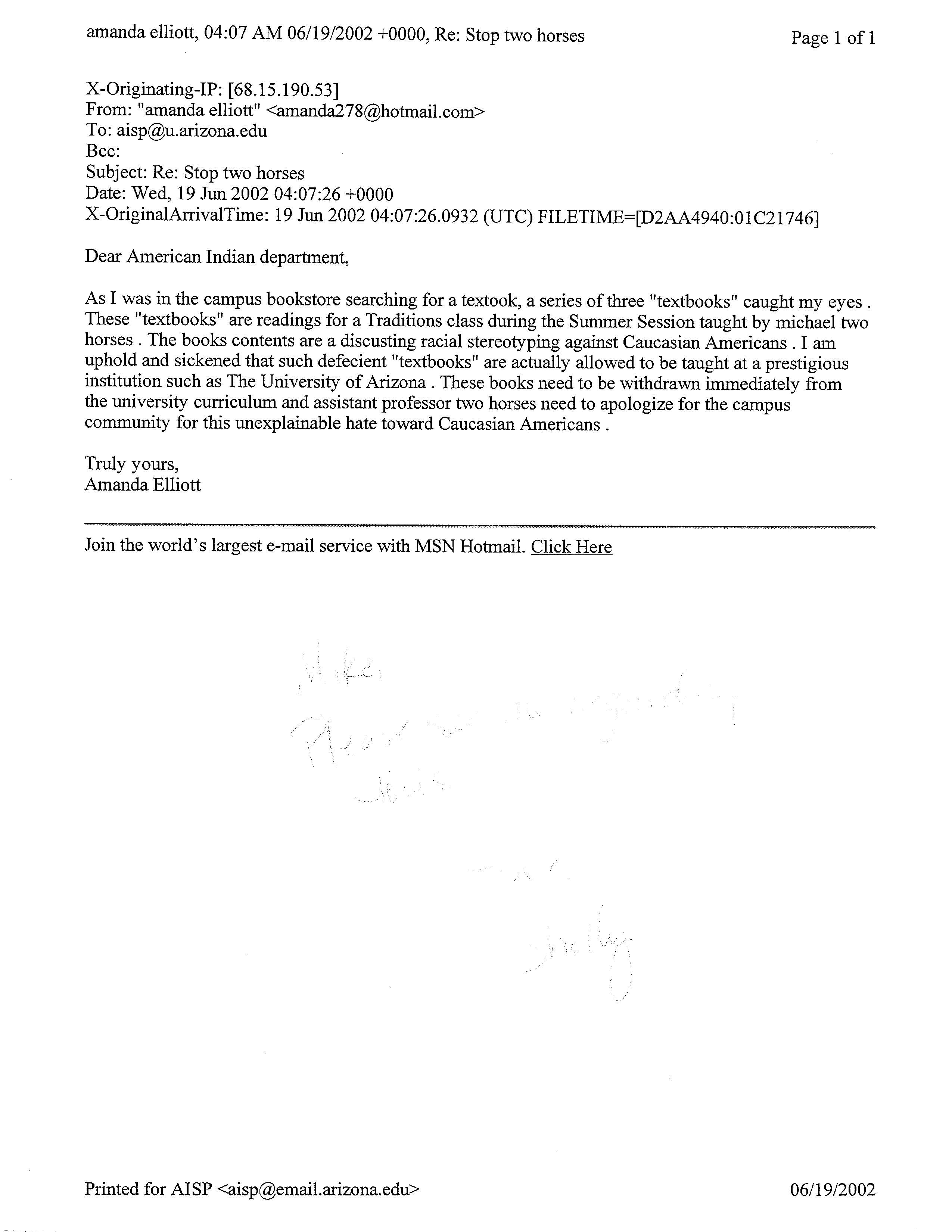
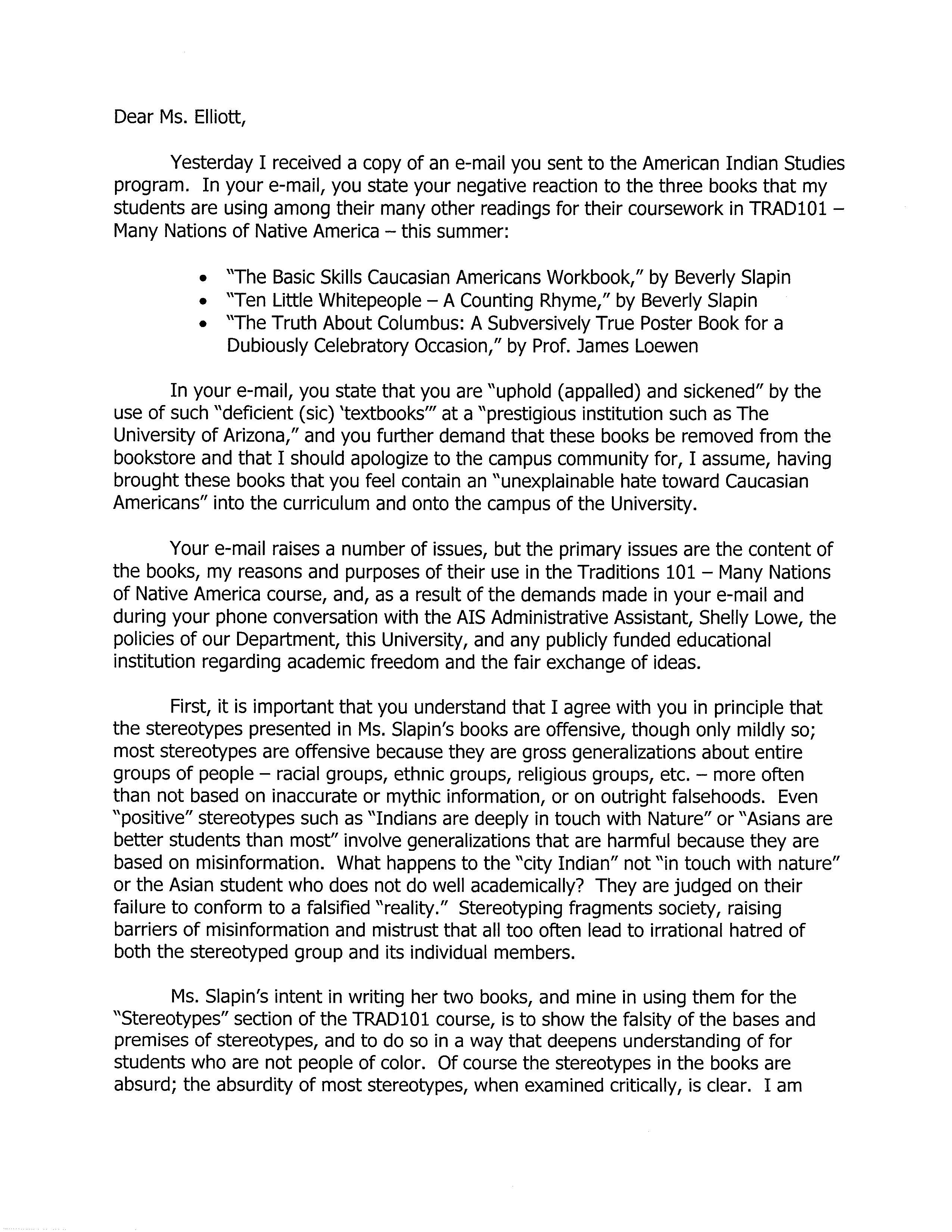
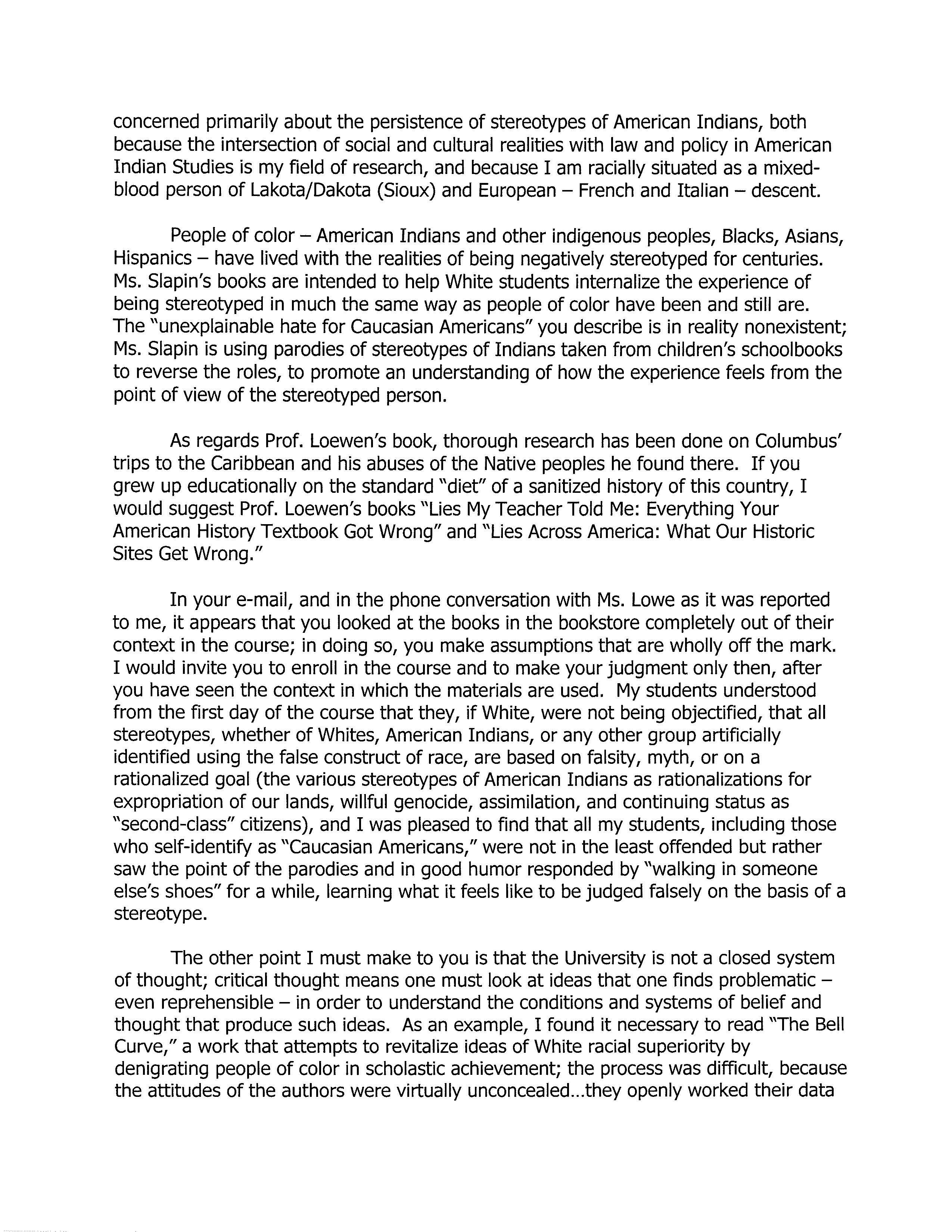

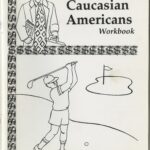
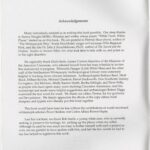
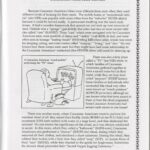
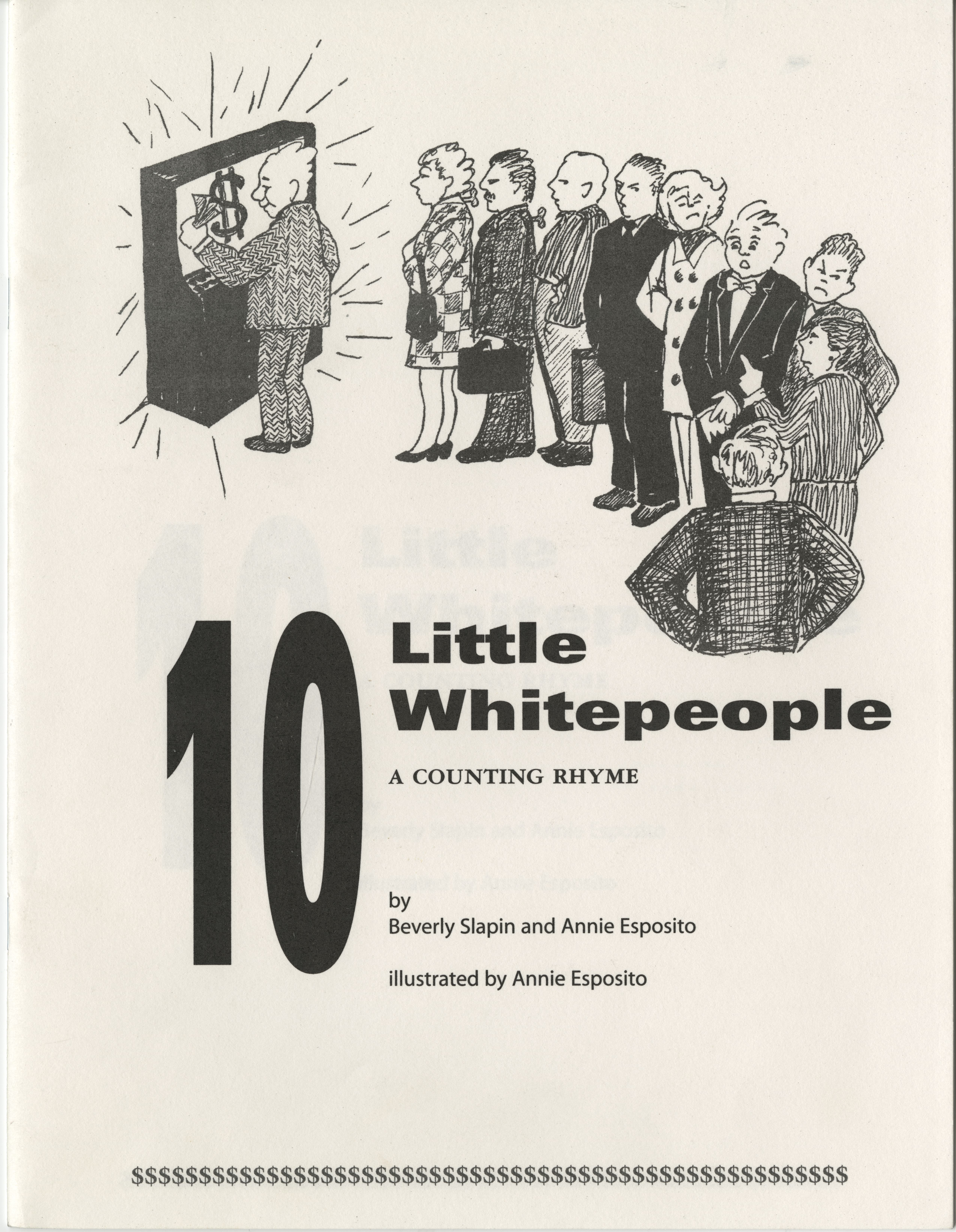
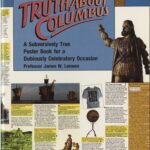
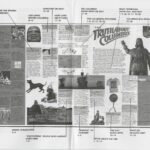
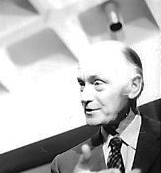
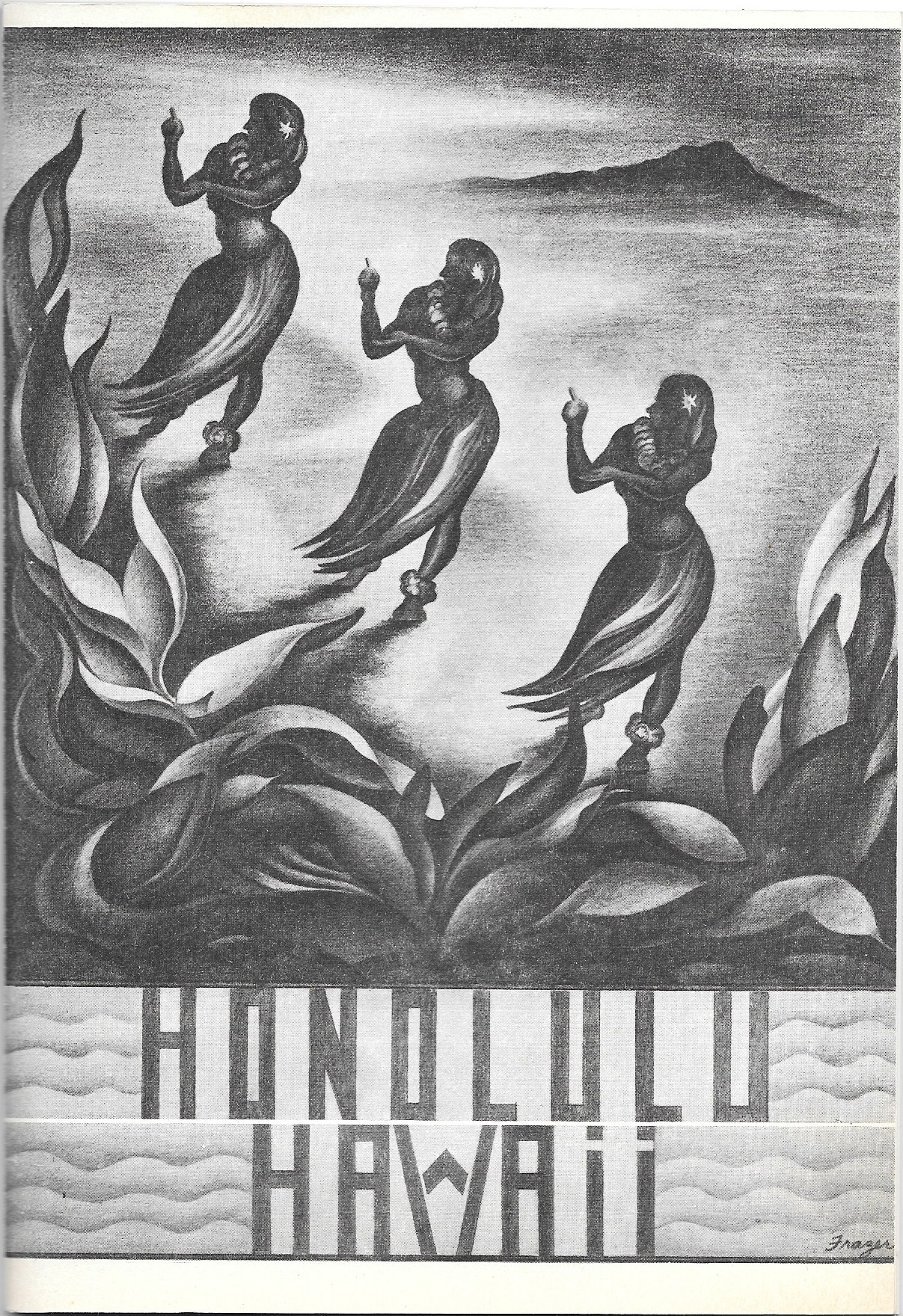
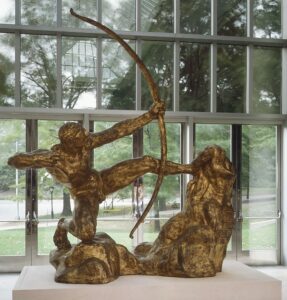
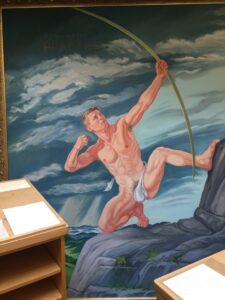
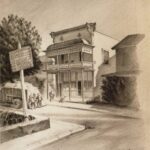
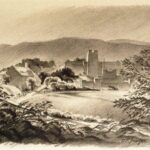
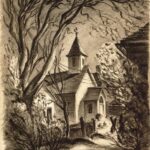
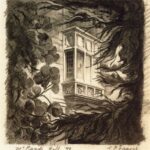
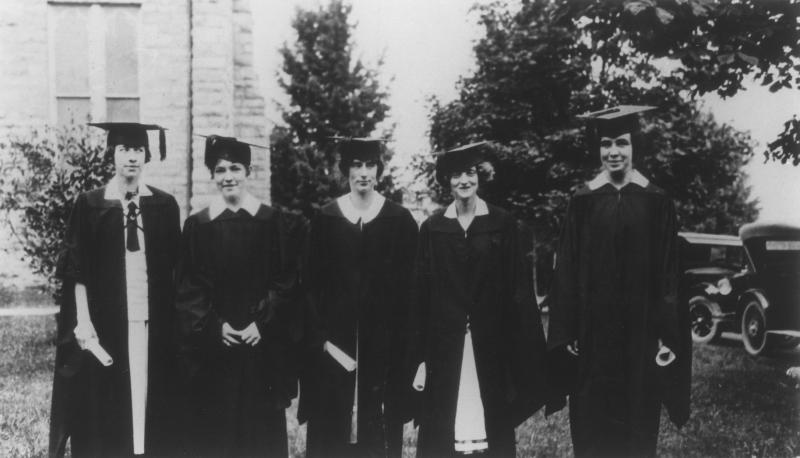
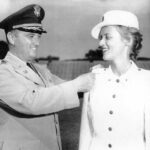
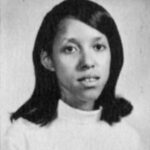
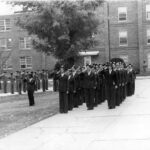
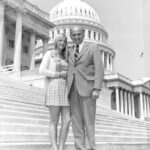

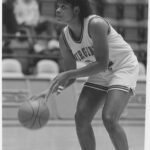
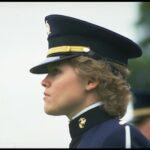
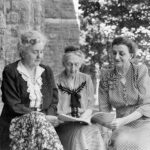
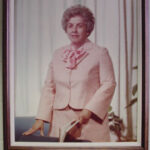
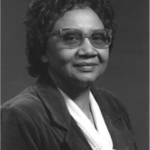
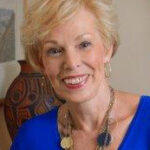

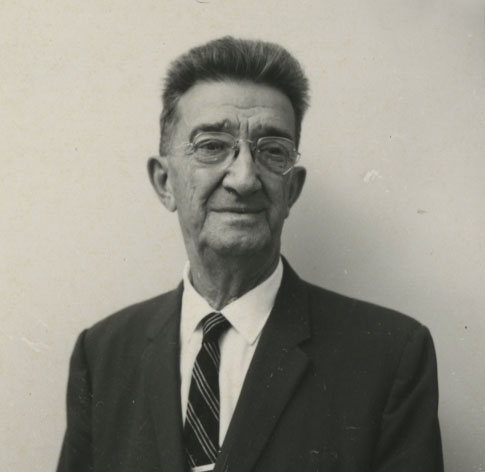
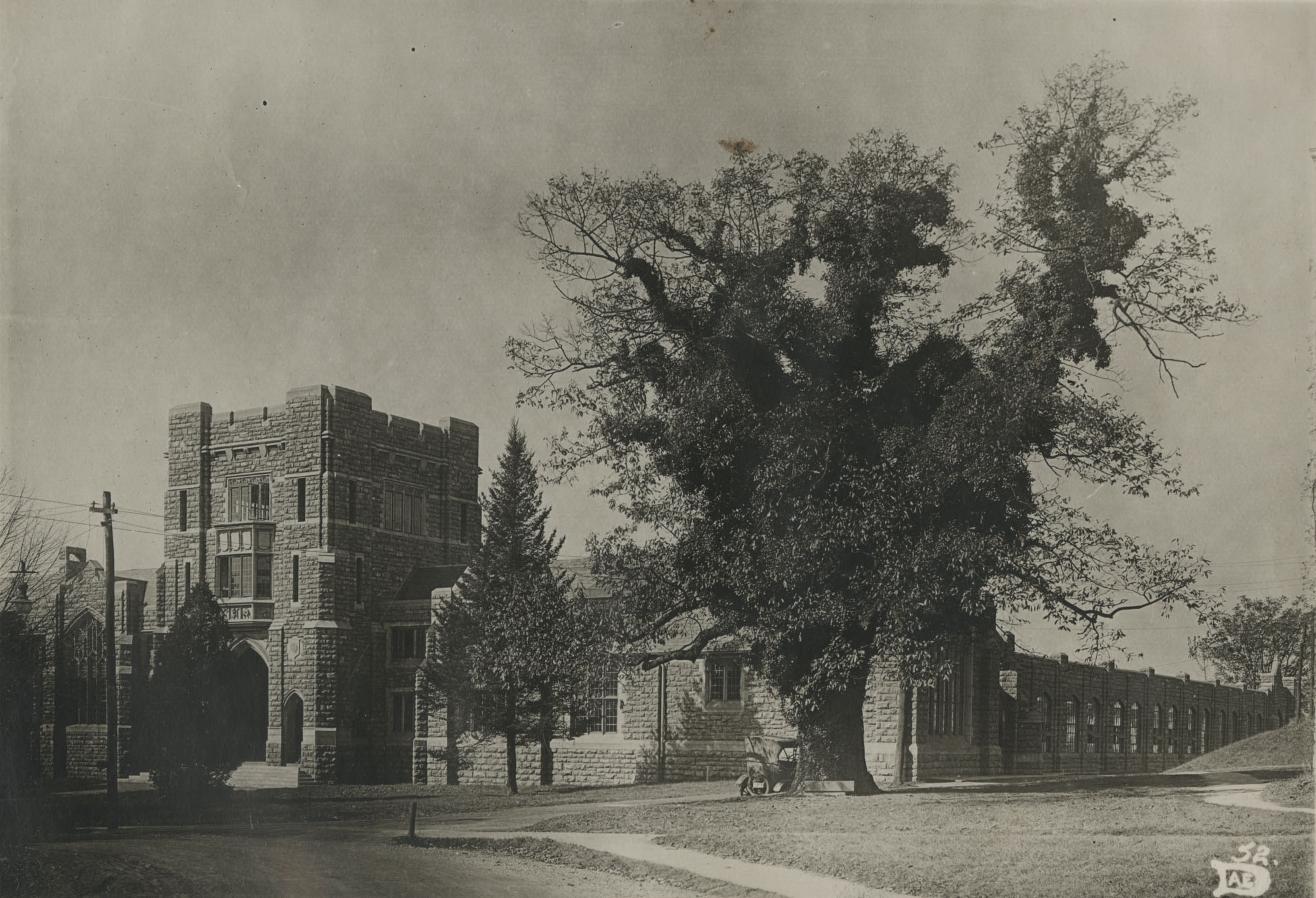
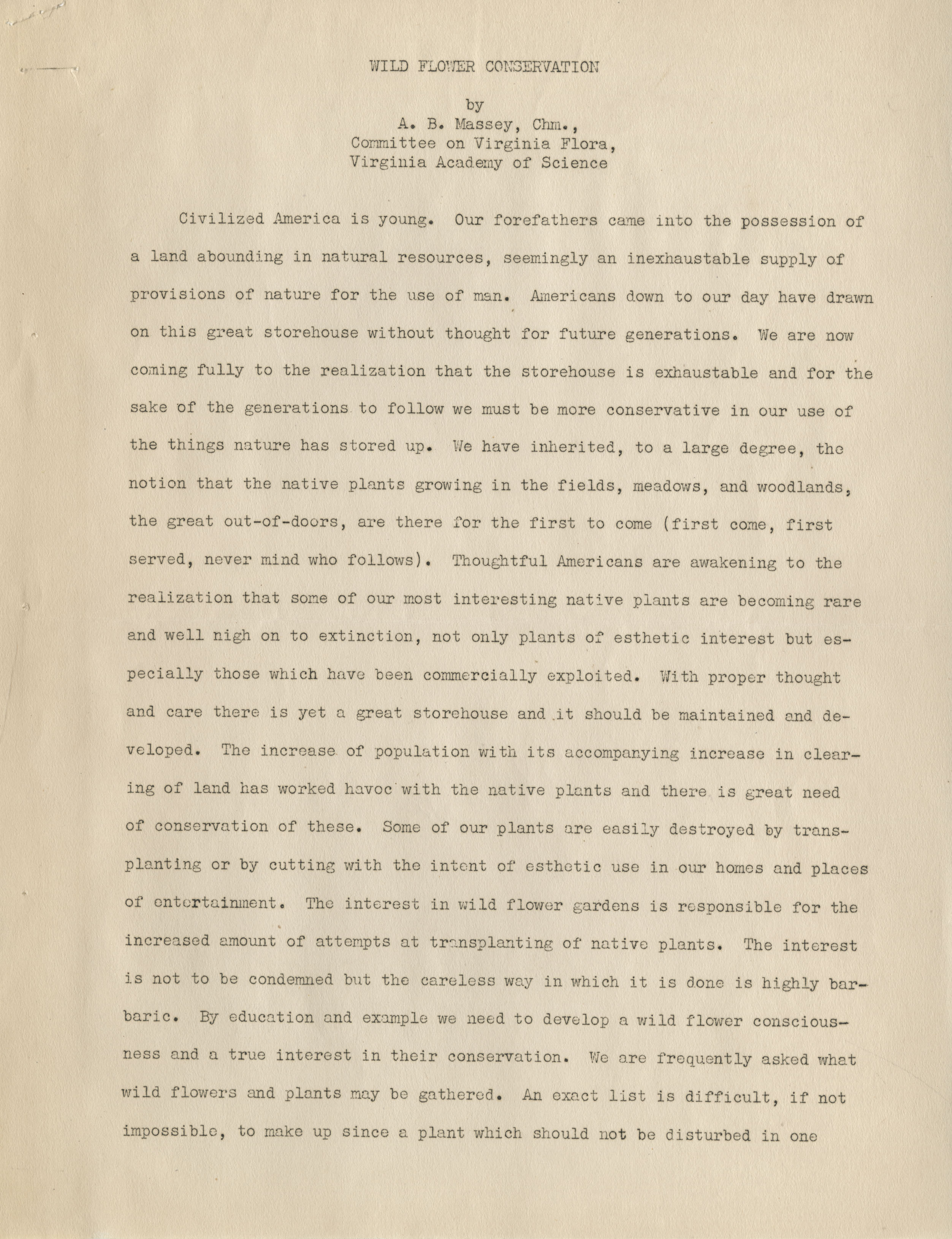
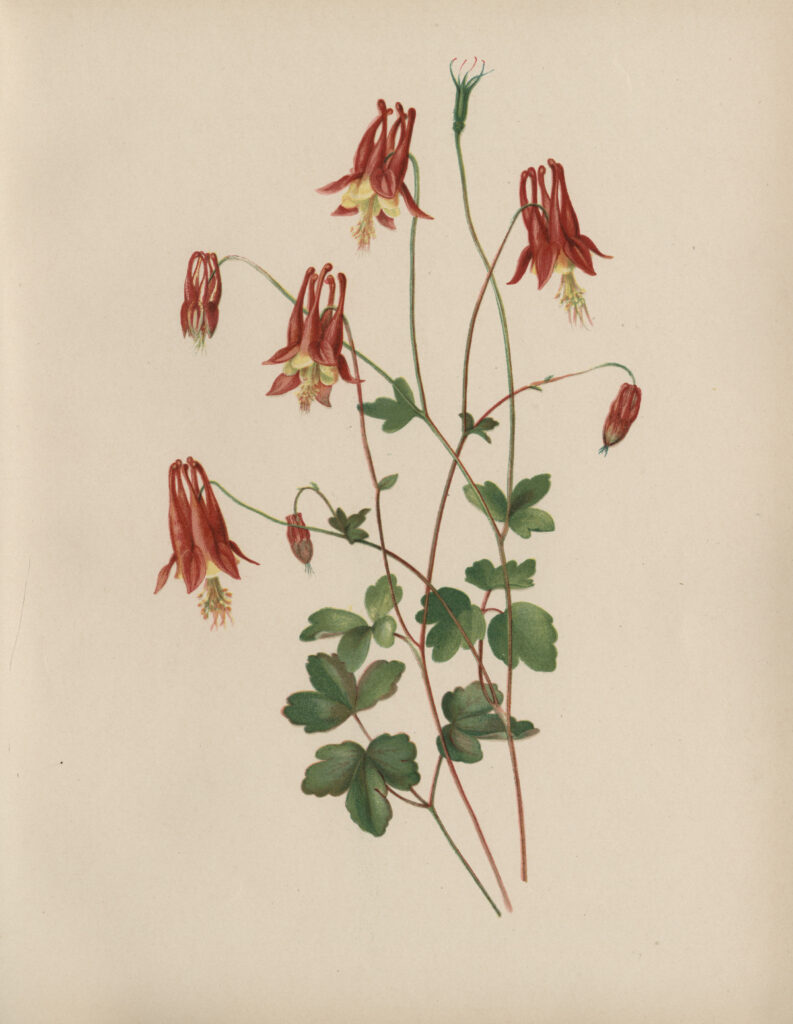
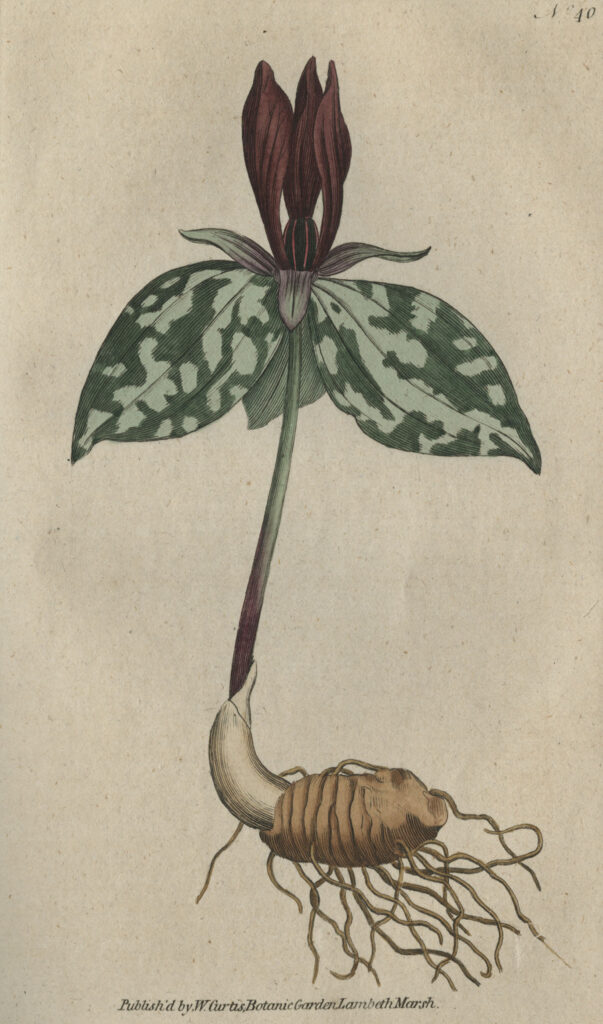
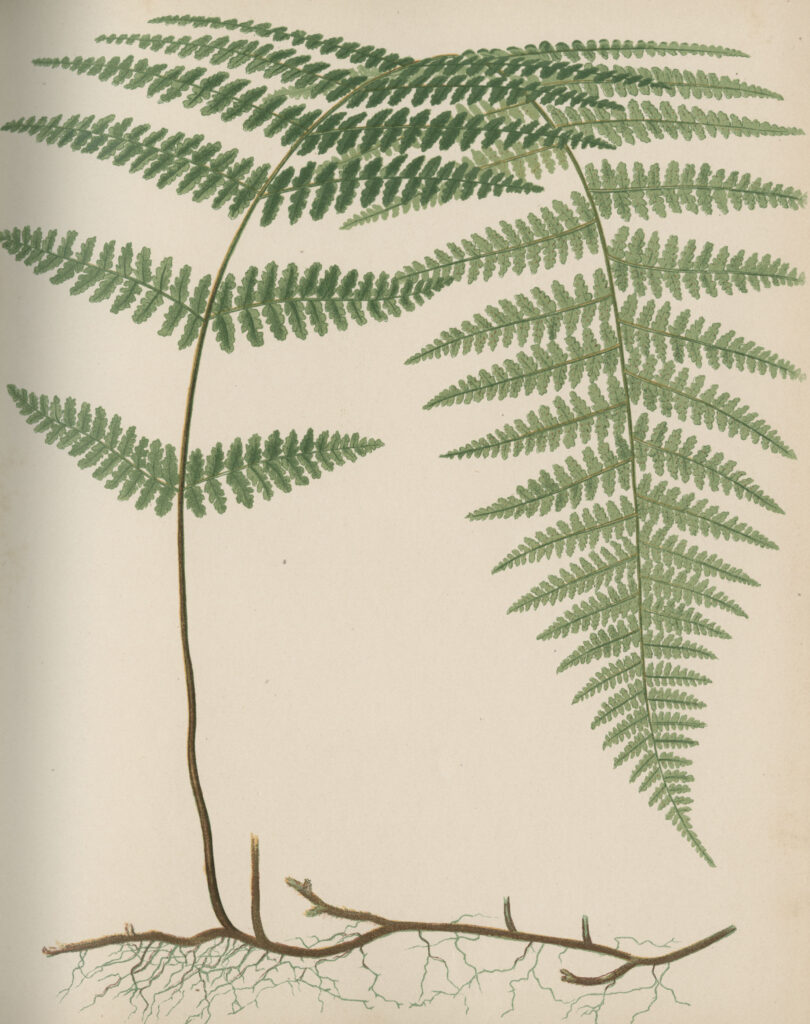
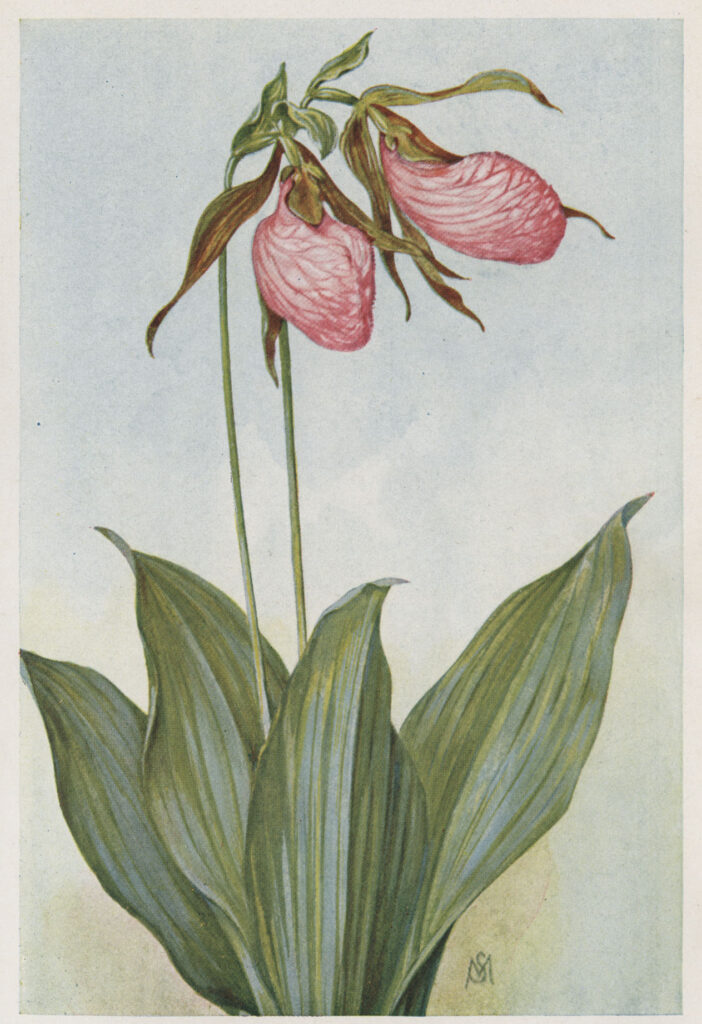
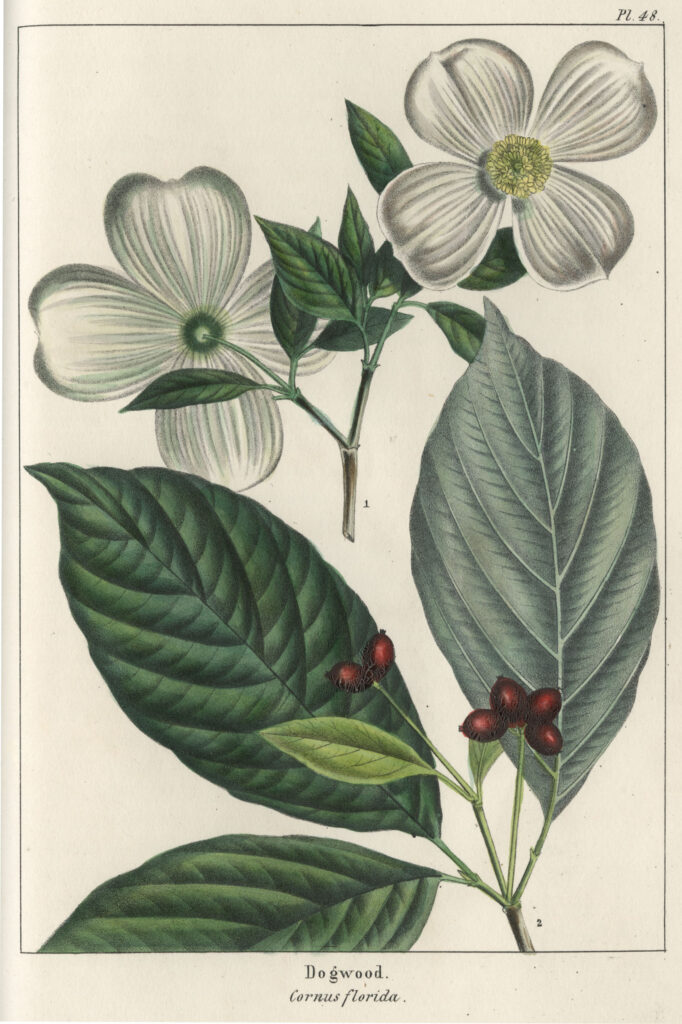
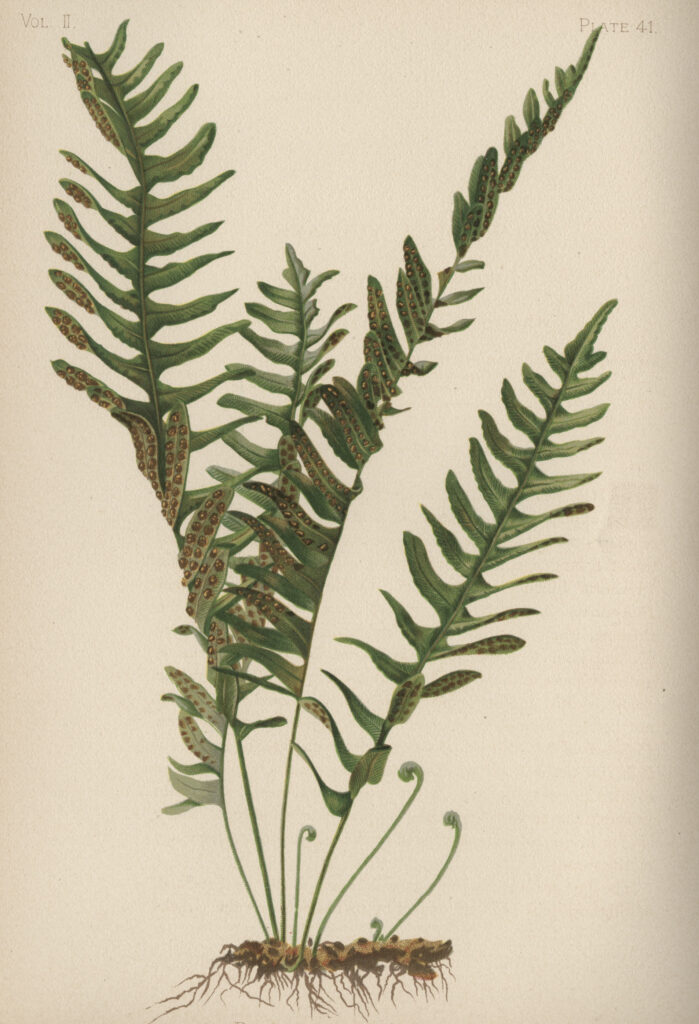
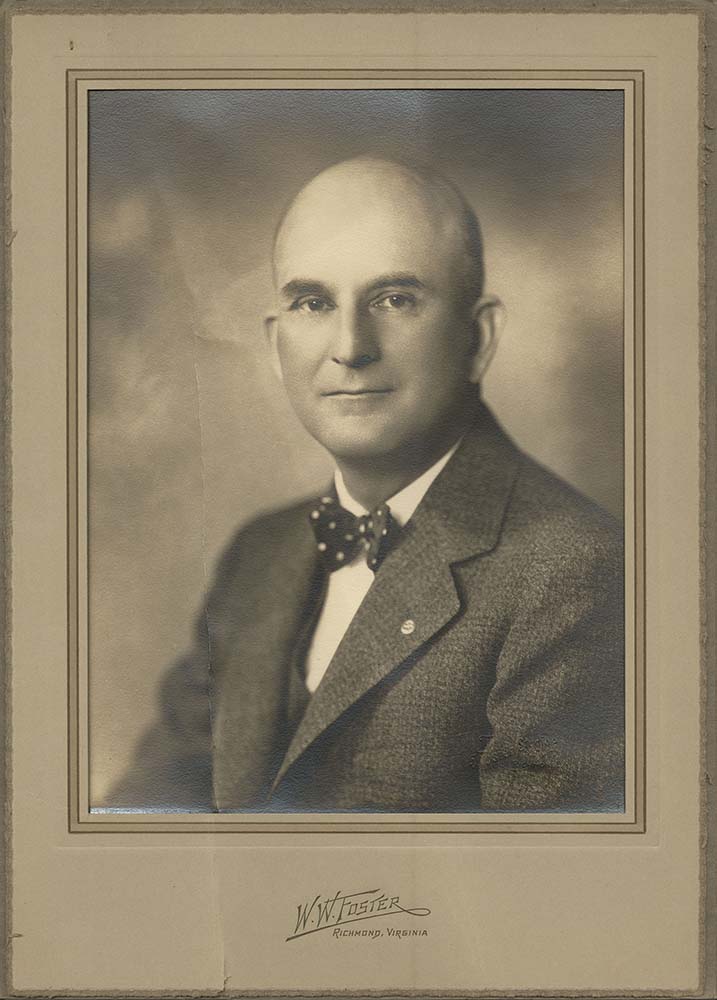
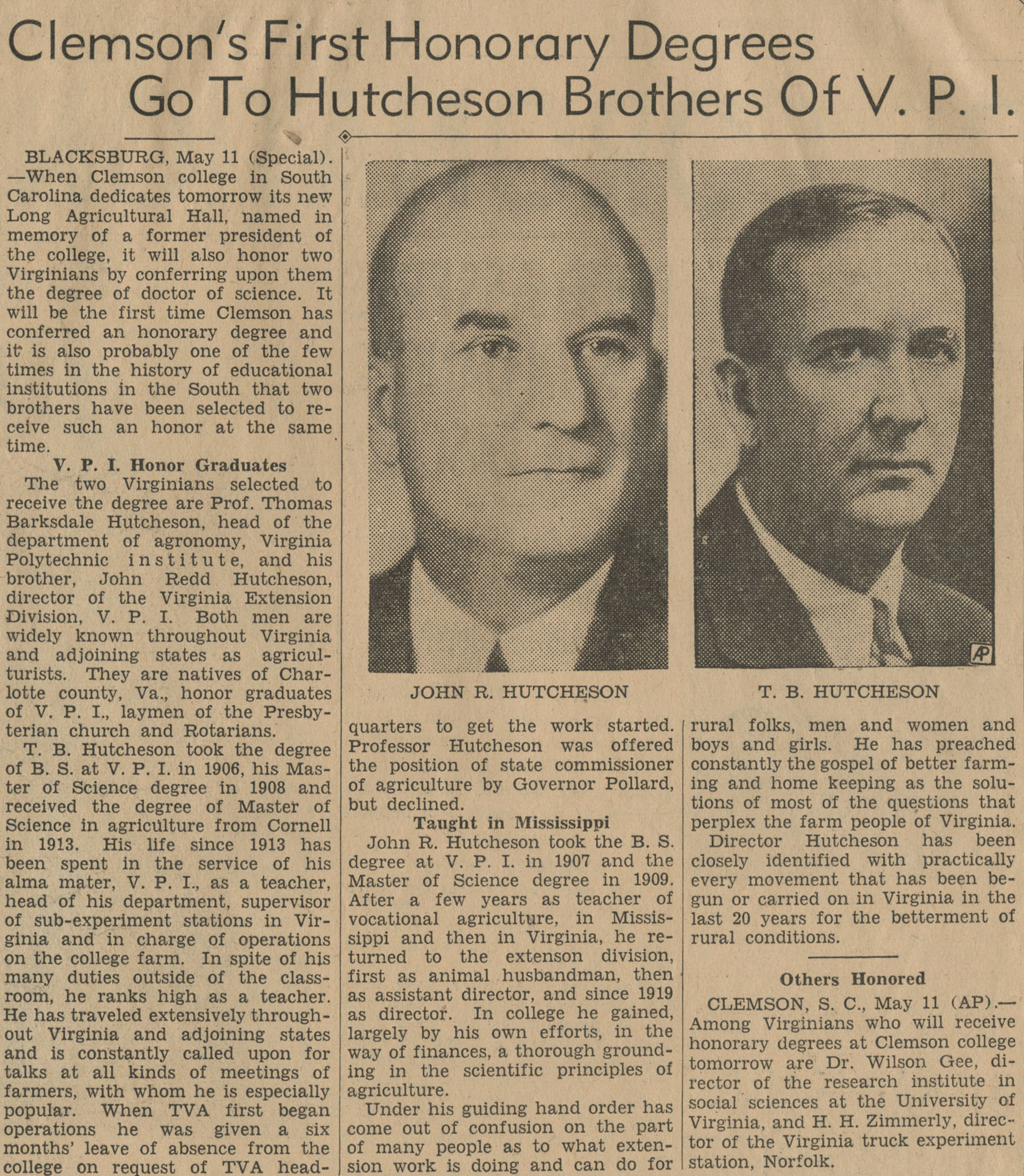
!["Dr. John R. Hutcheson Named President of Virginia [Polytechnic Institute]"](https://scuablog.lib.vt.edu/wp-content/uploads/2015/02/hutcheson_president.jpg?w=300)
![Page 2 of obituary for John R. Hutcheson, [January 1962], from the John R. Hutcheson Family Collection, Ms2015-001](https://scuablog.lib.vt.edu/wp-content/uploads/2015/02/hutcheson_obit_02.jpg?w=56)

